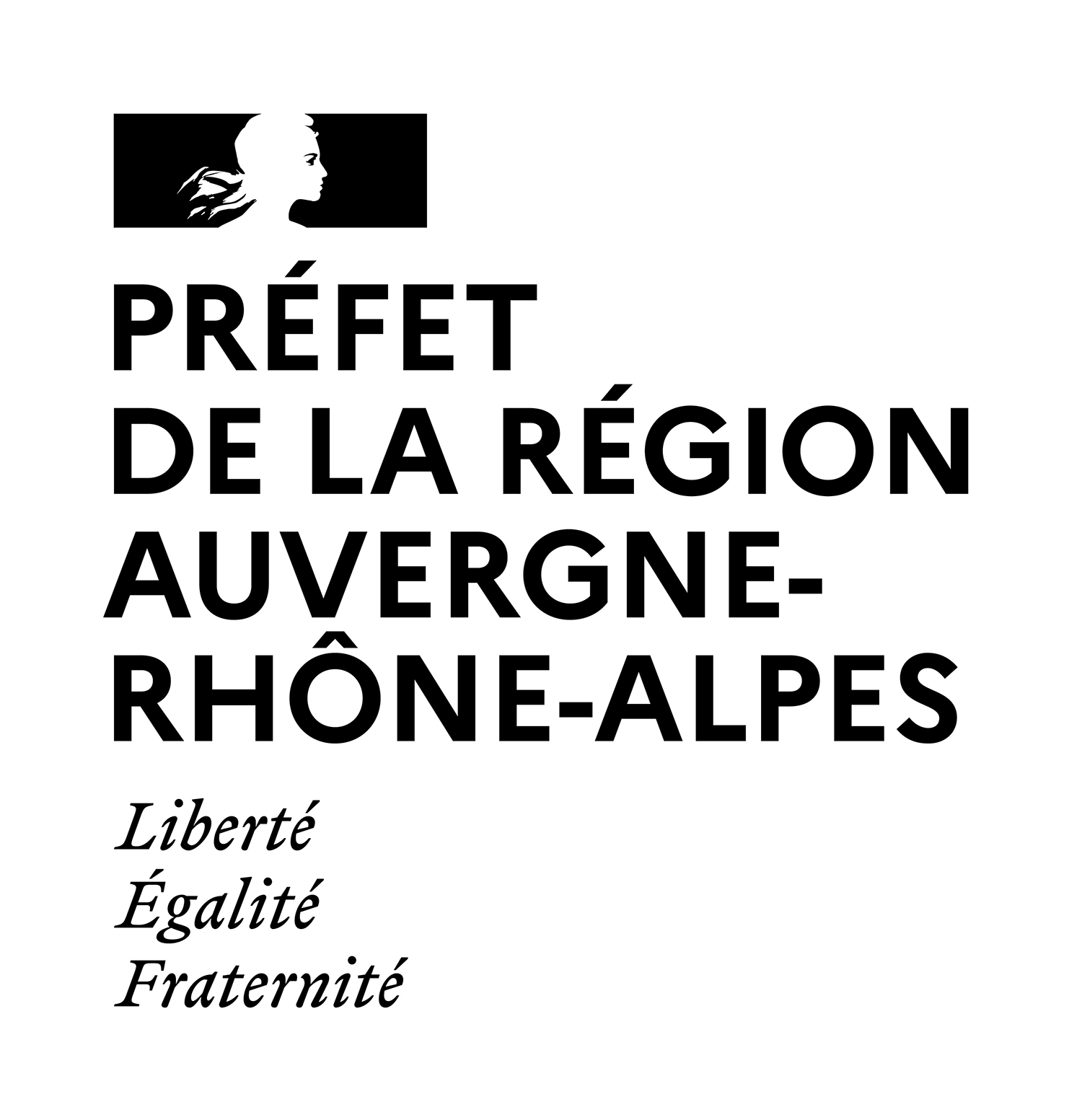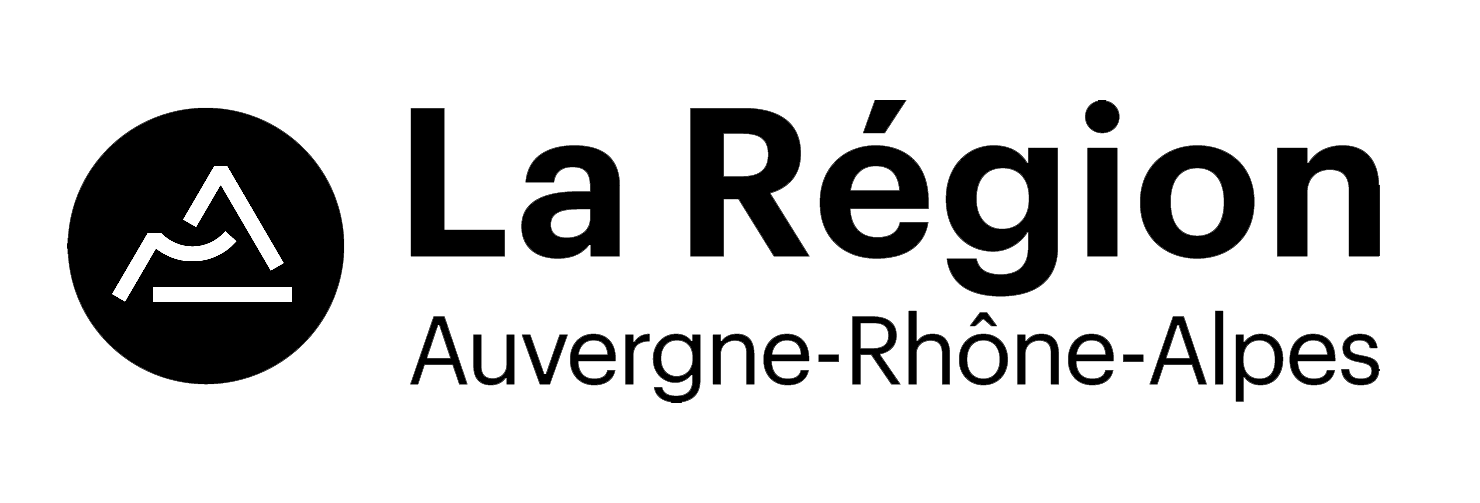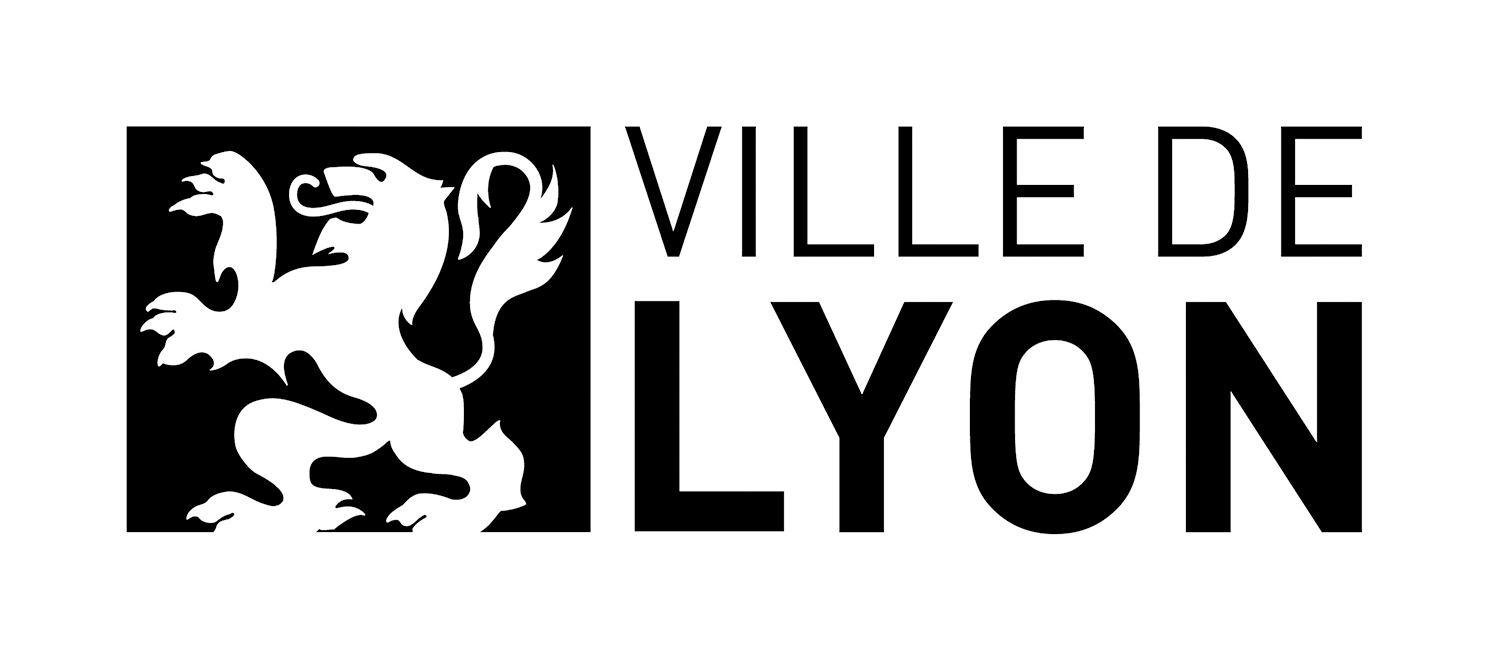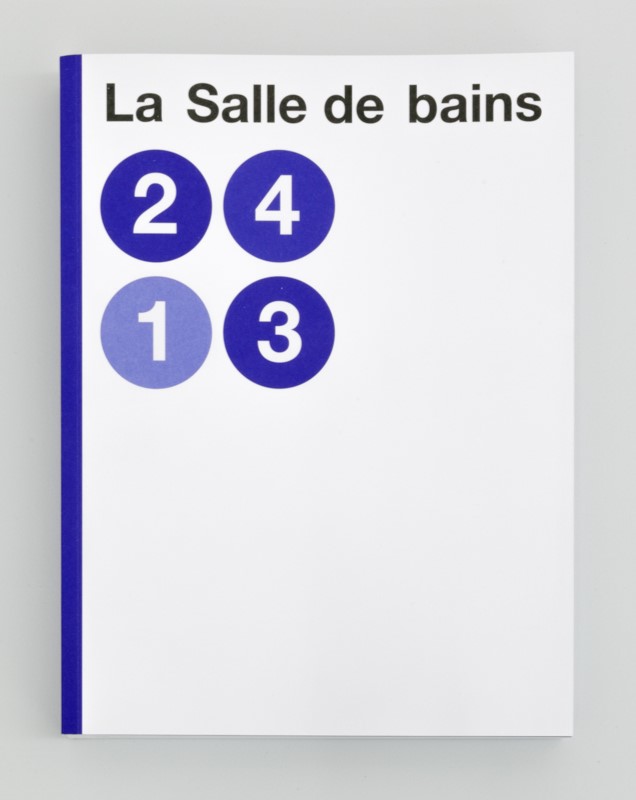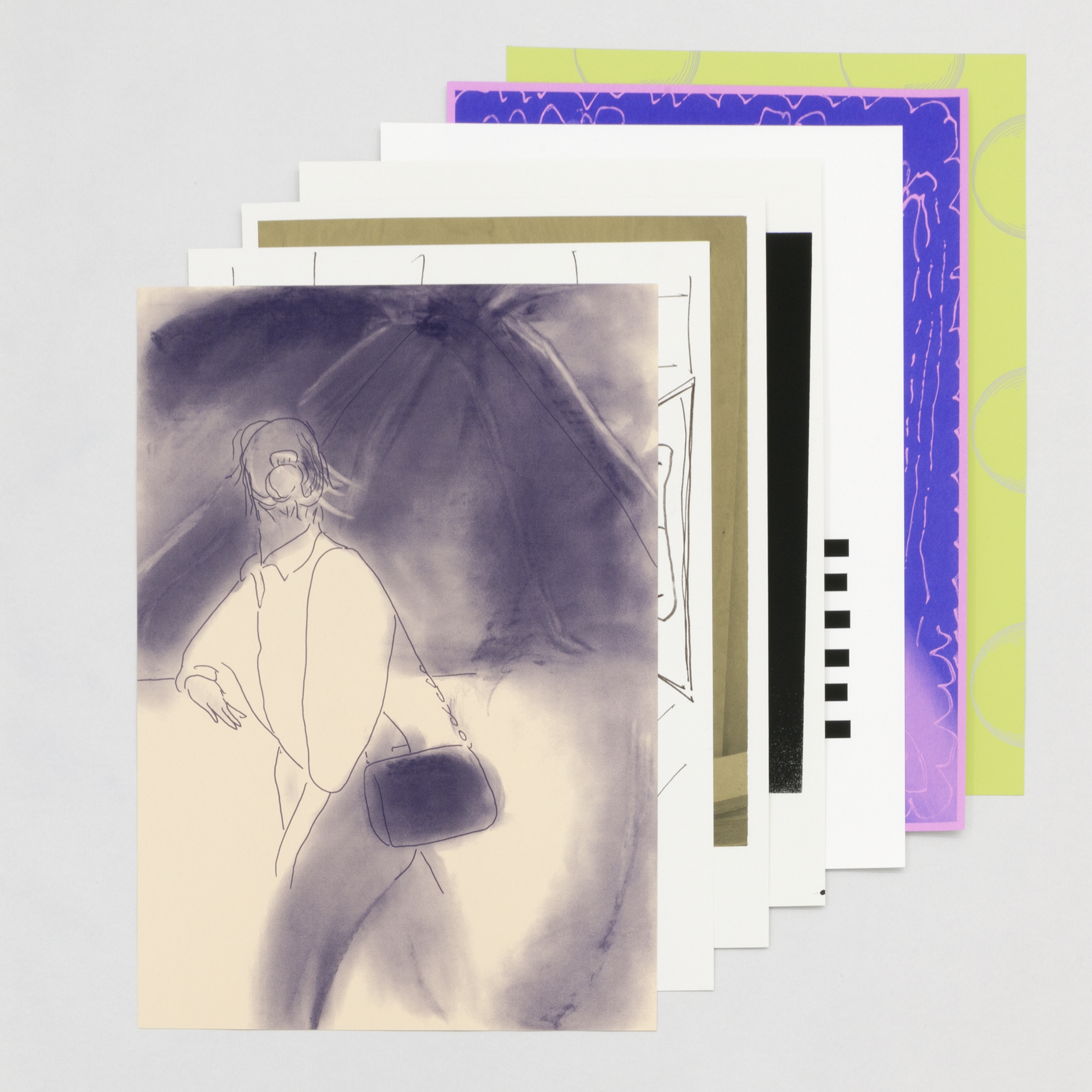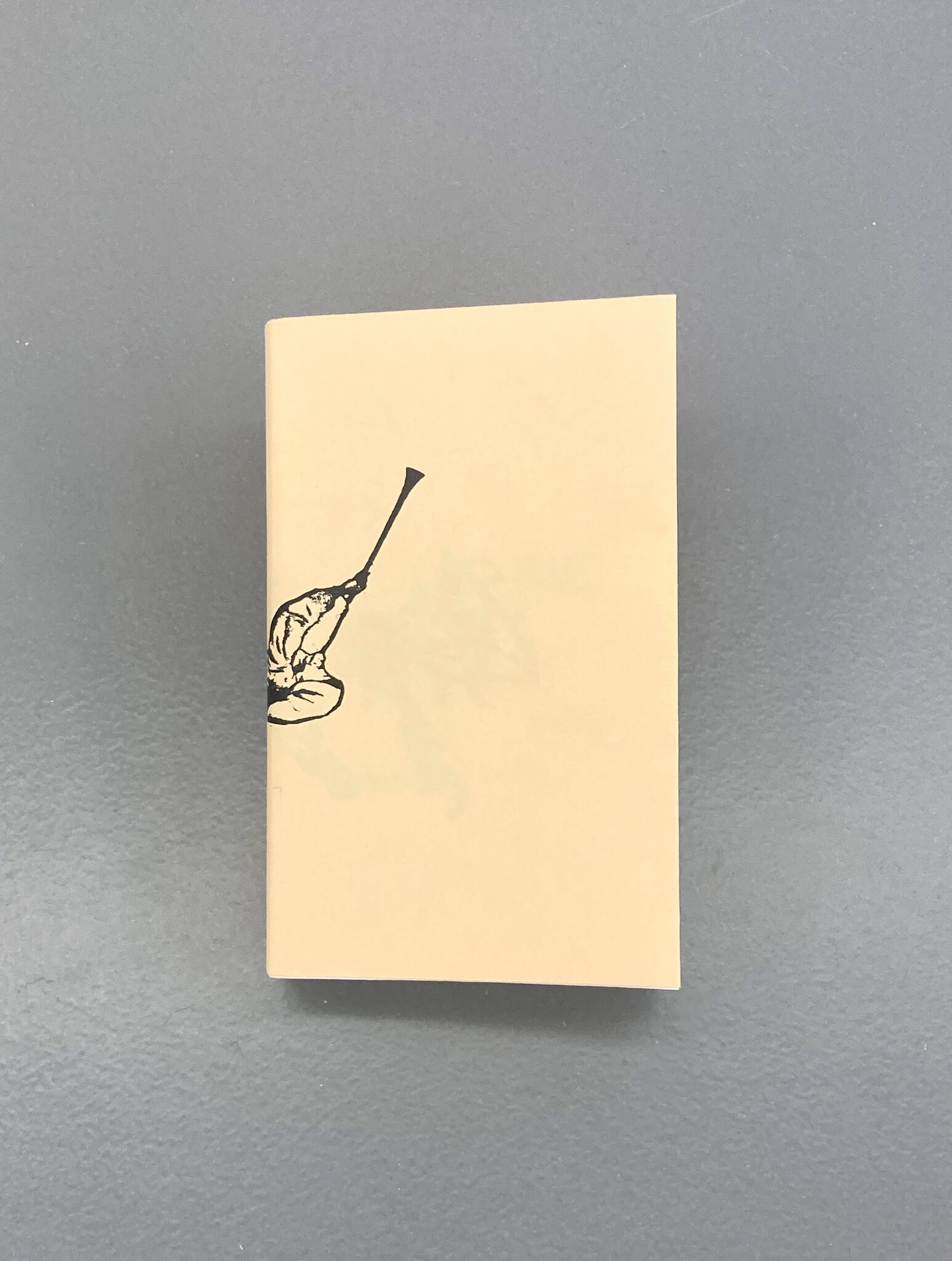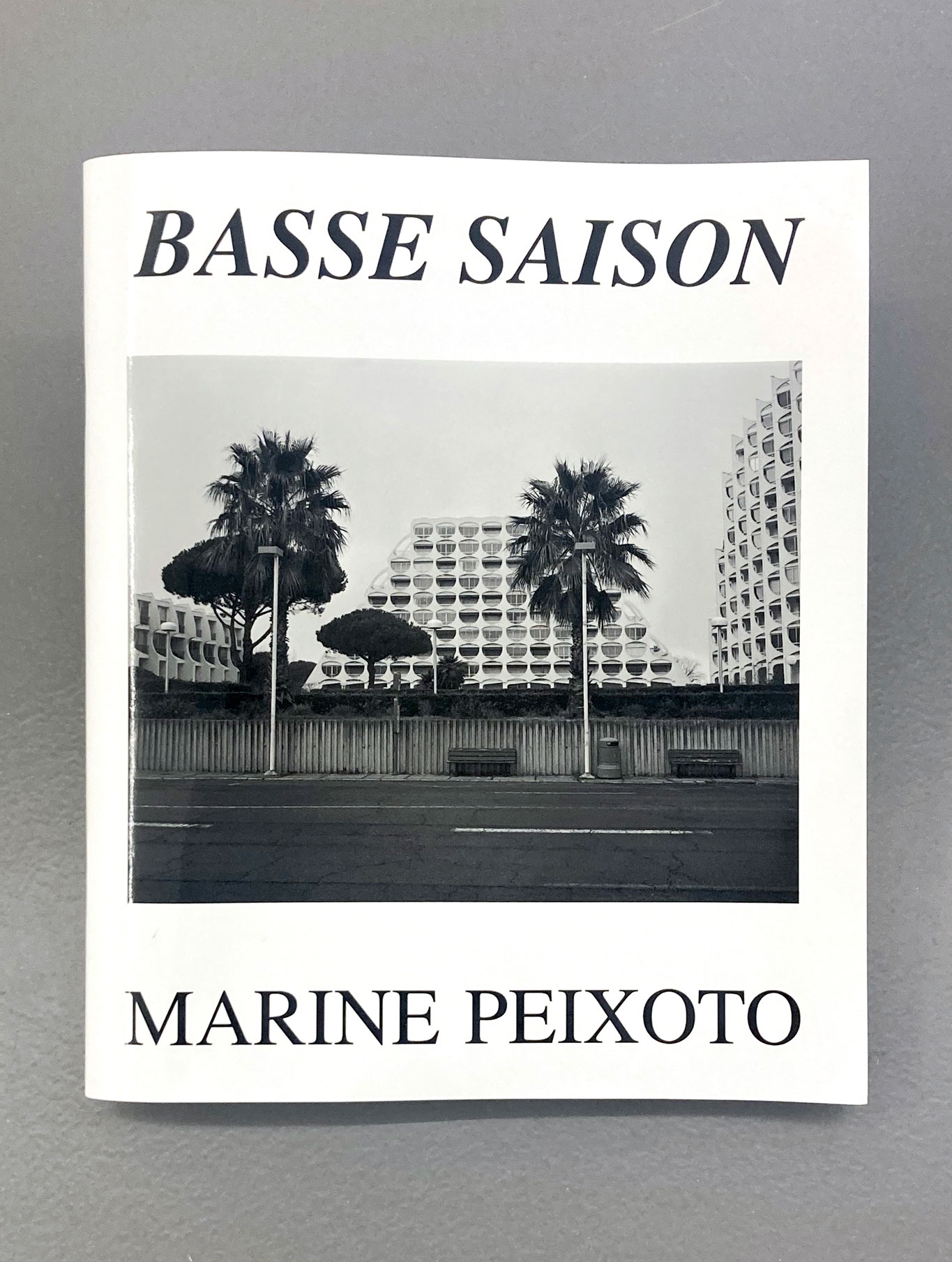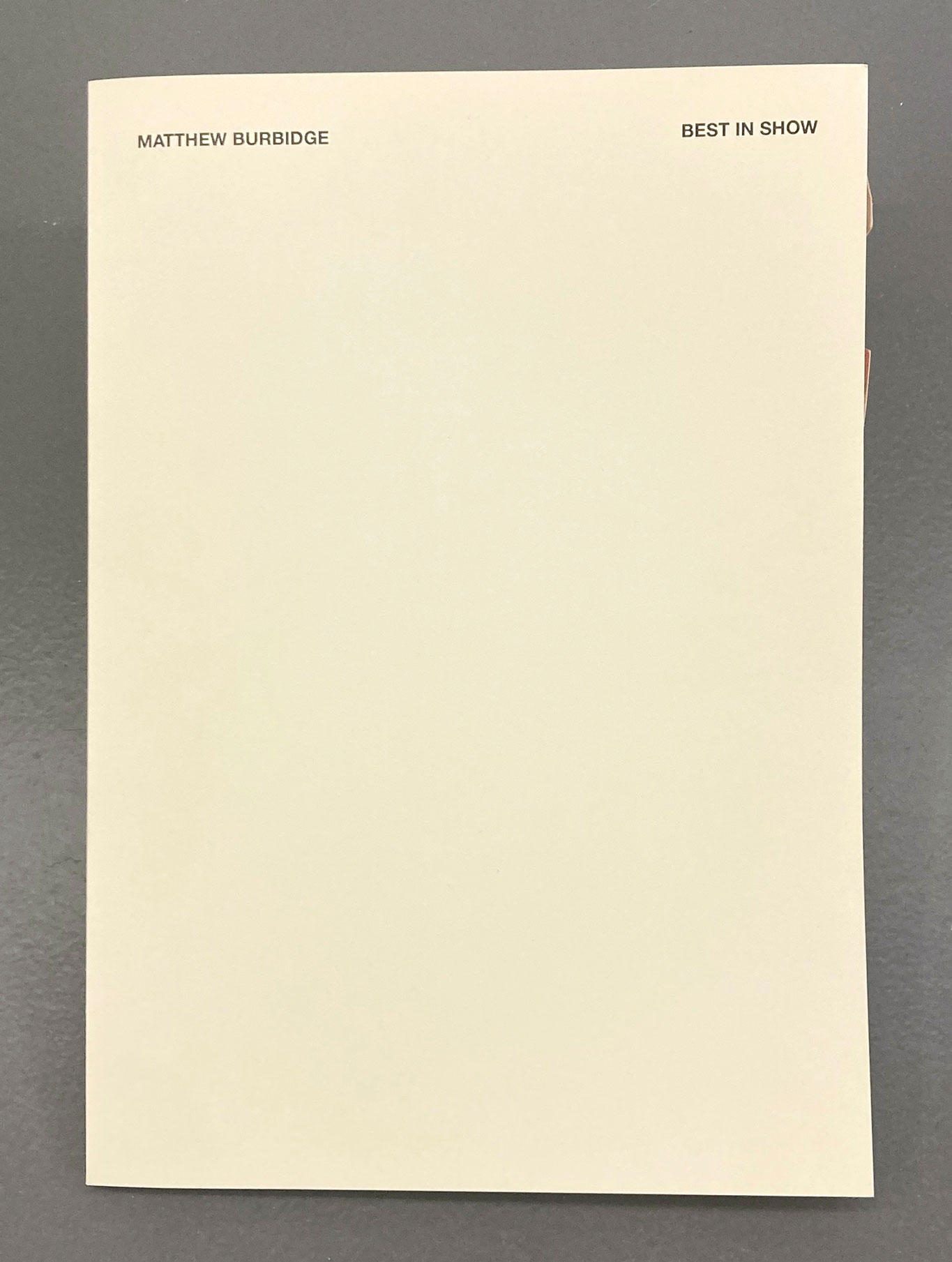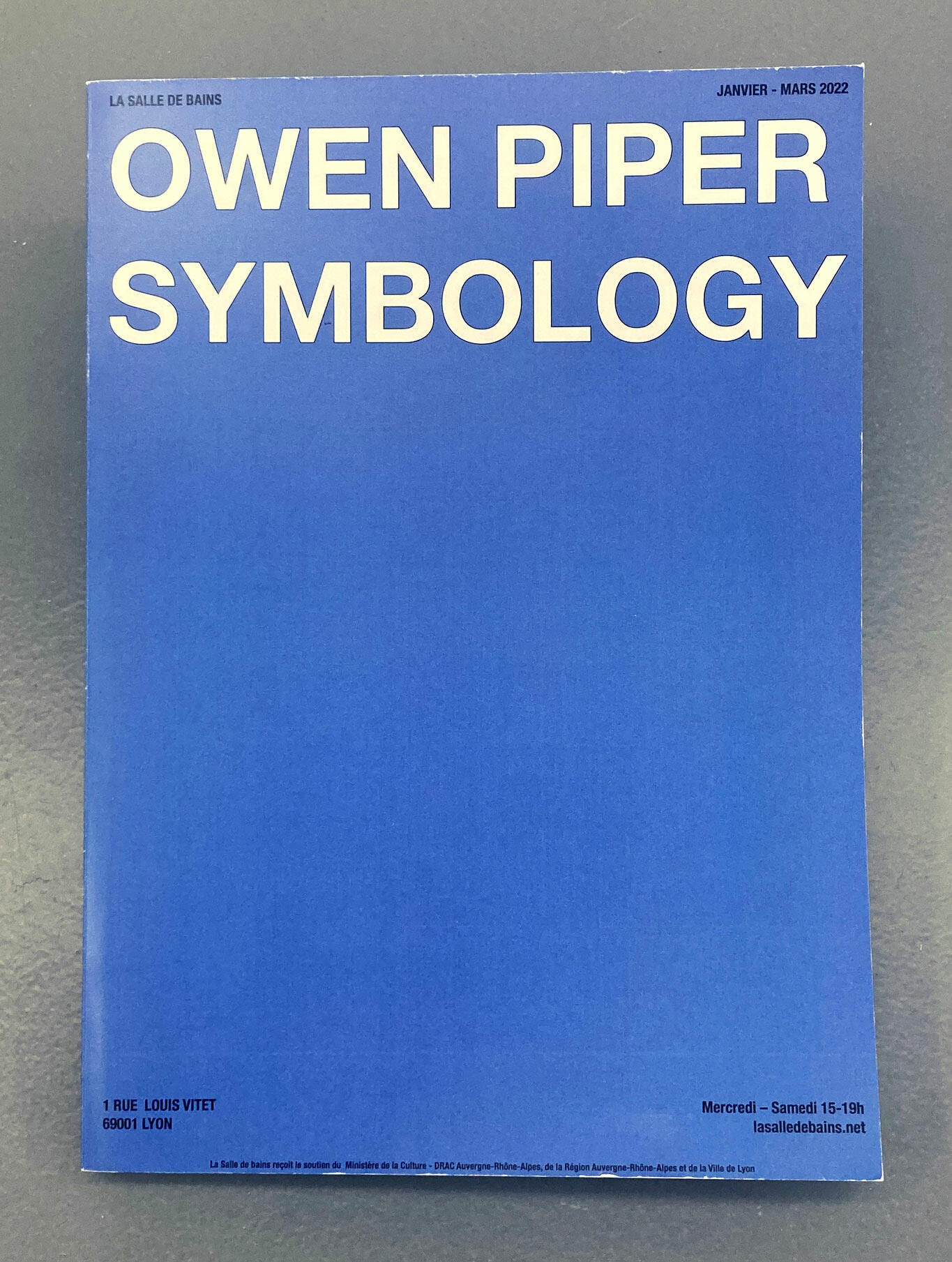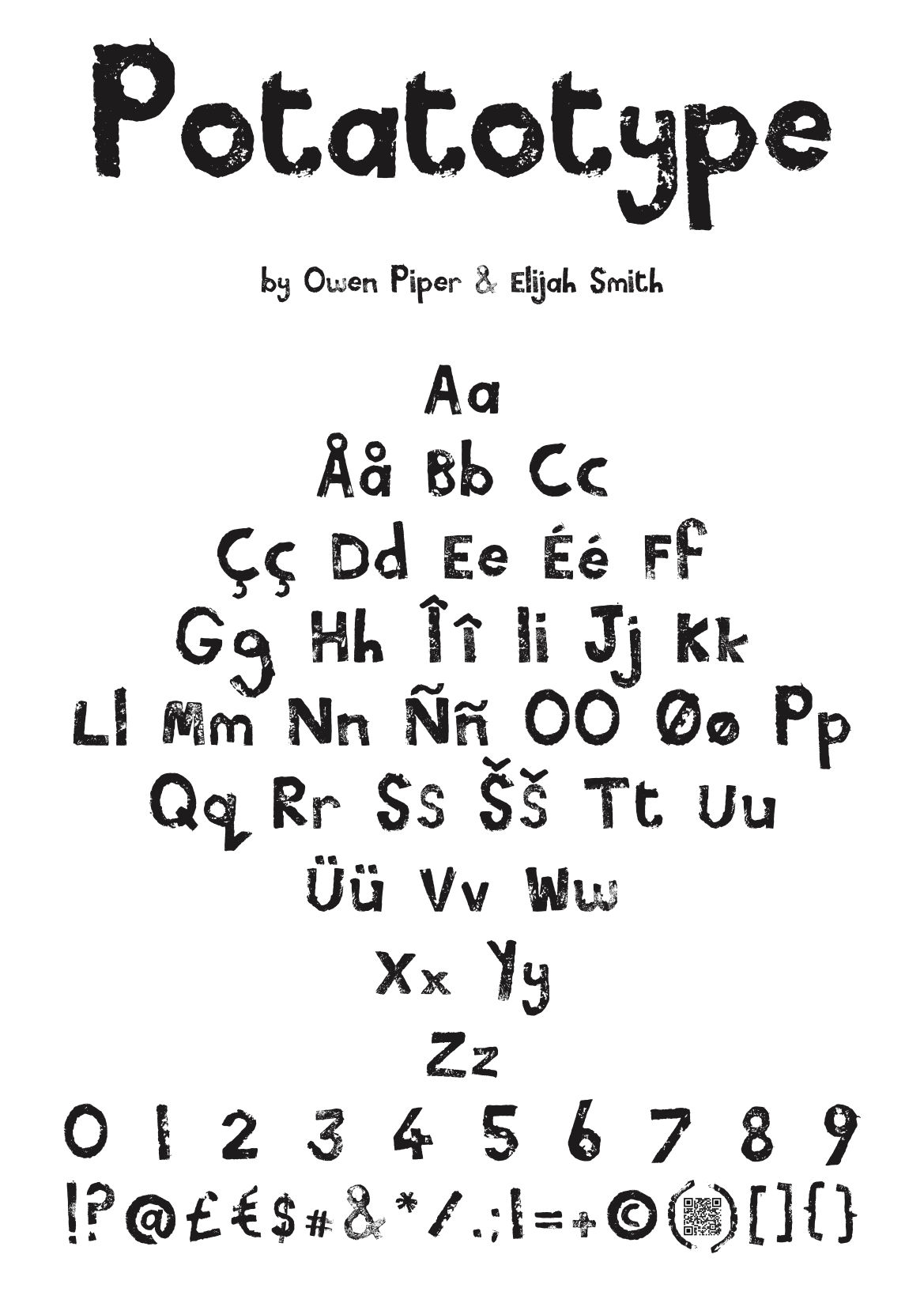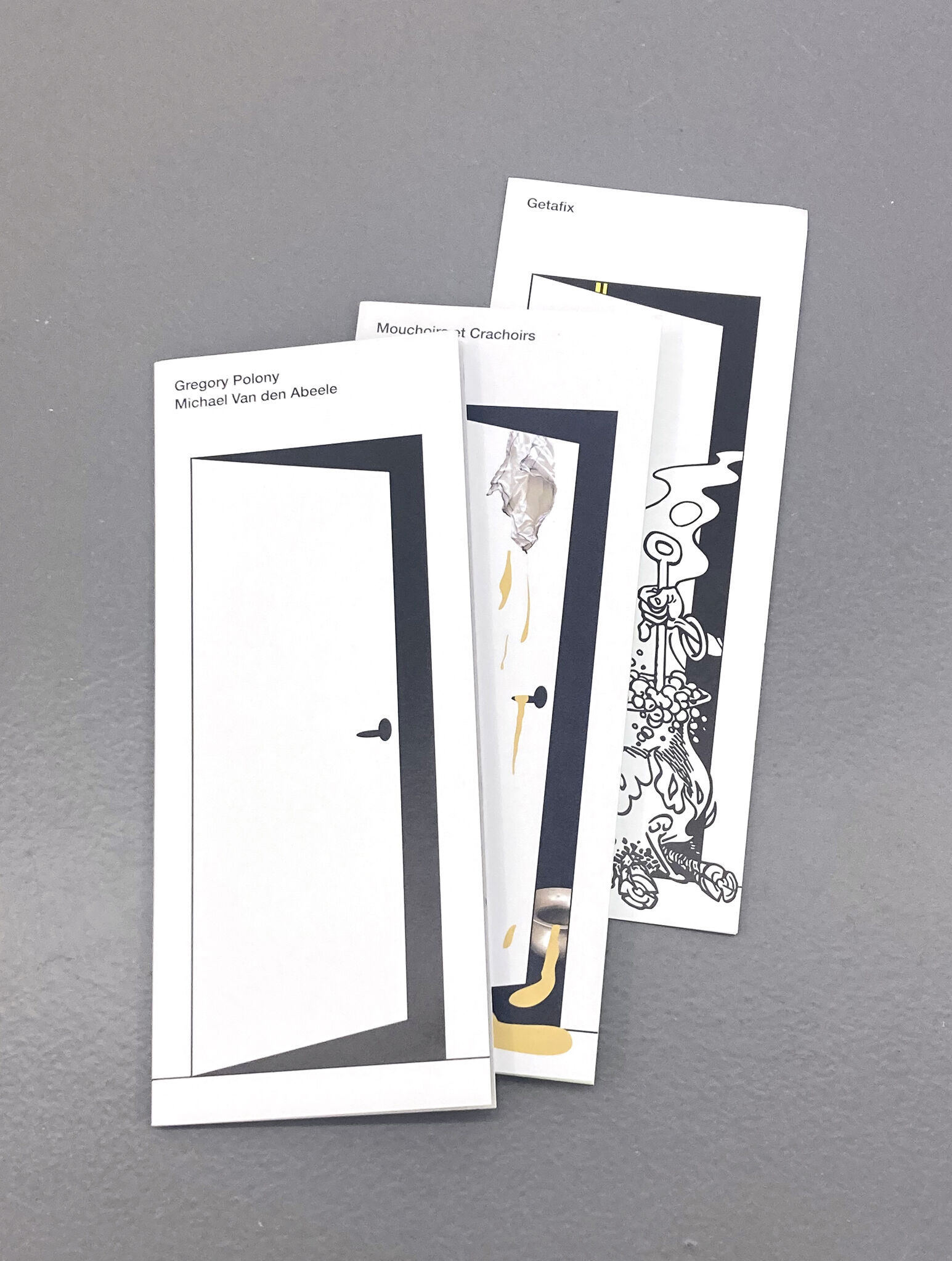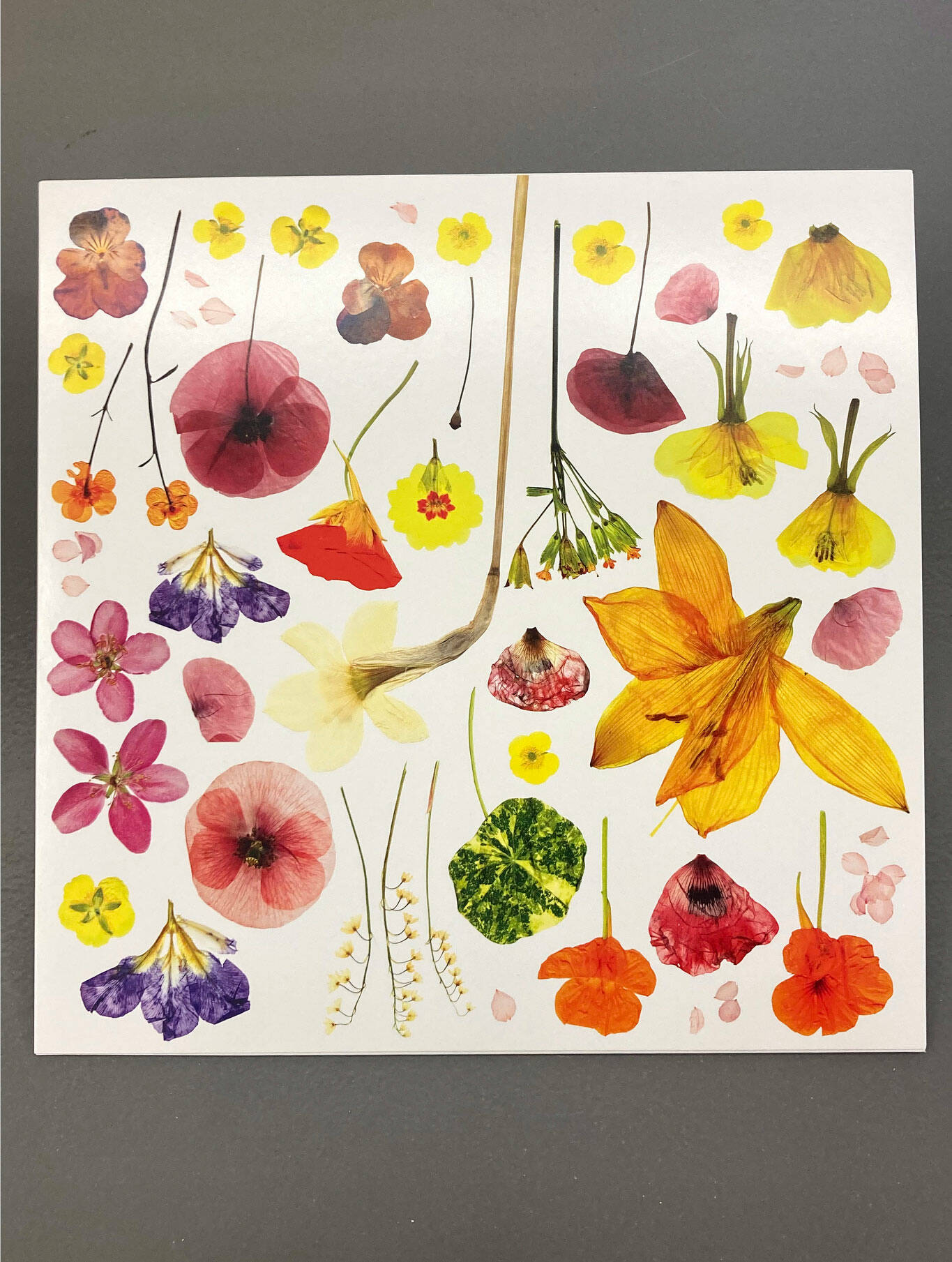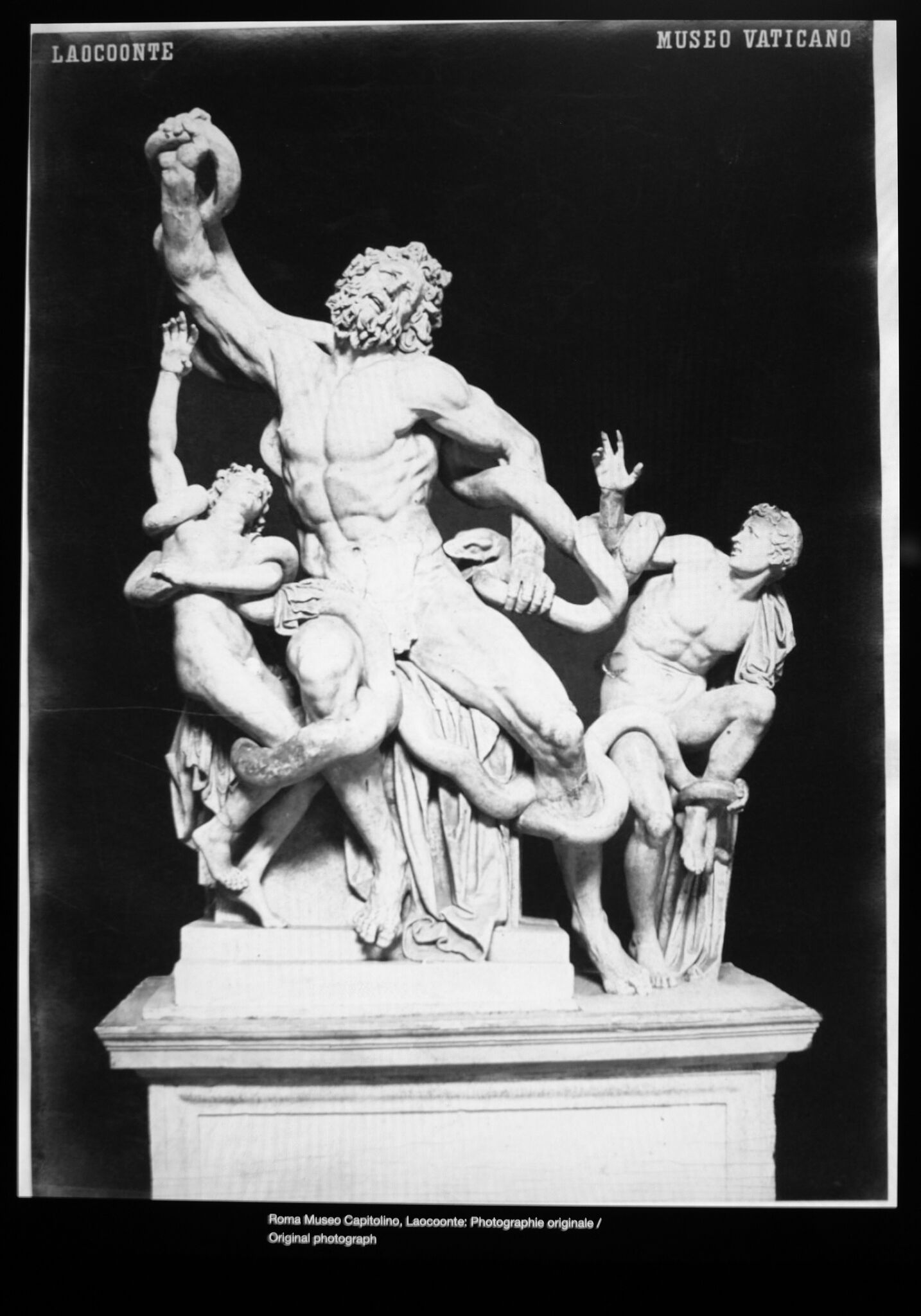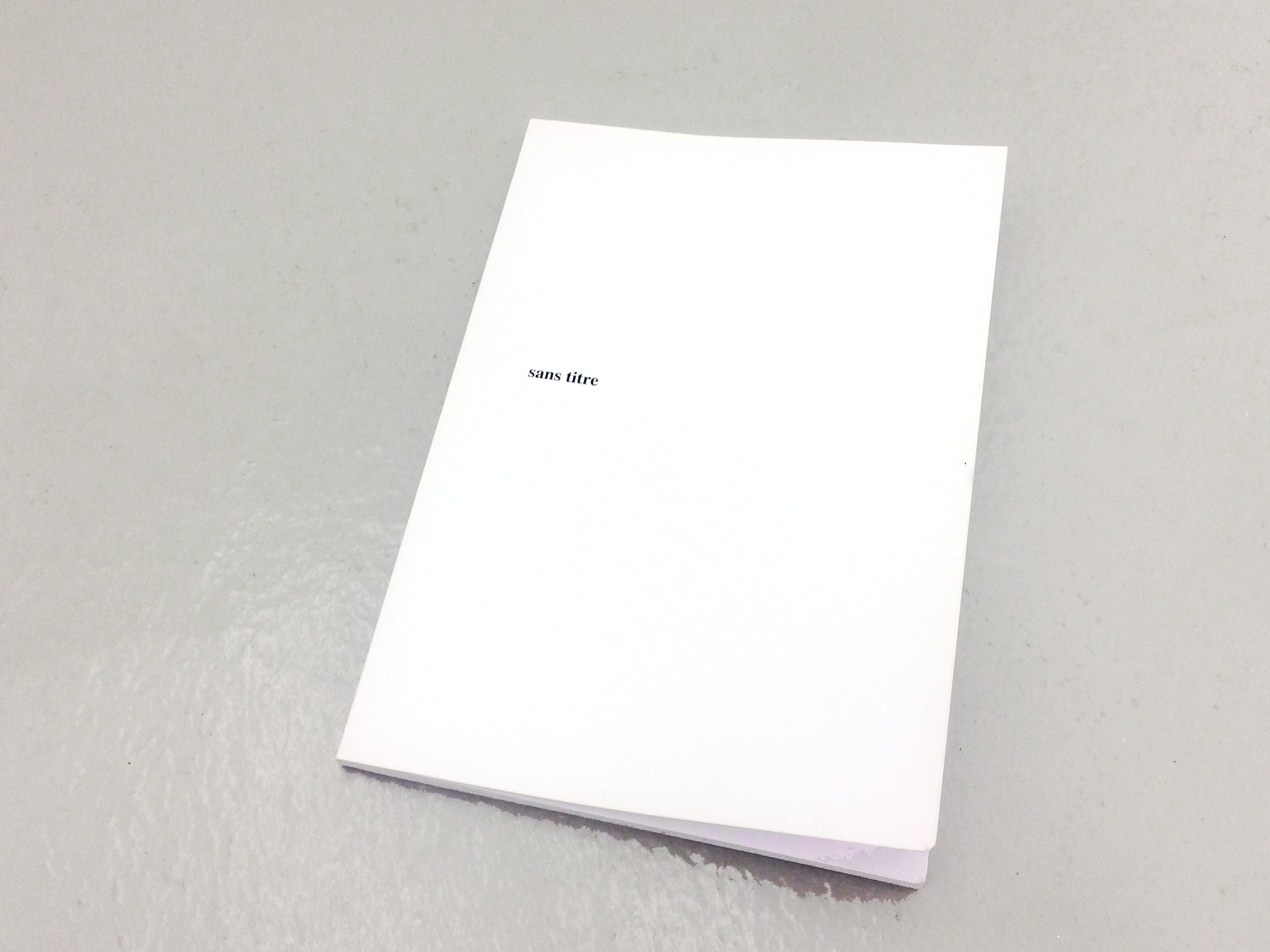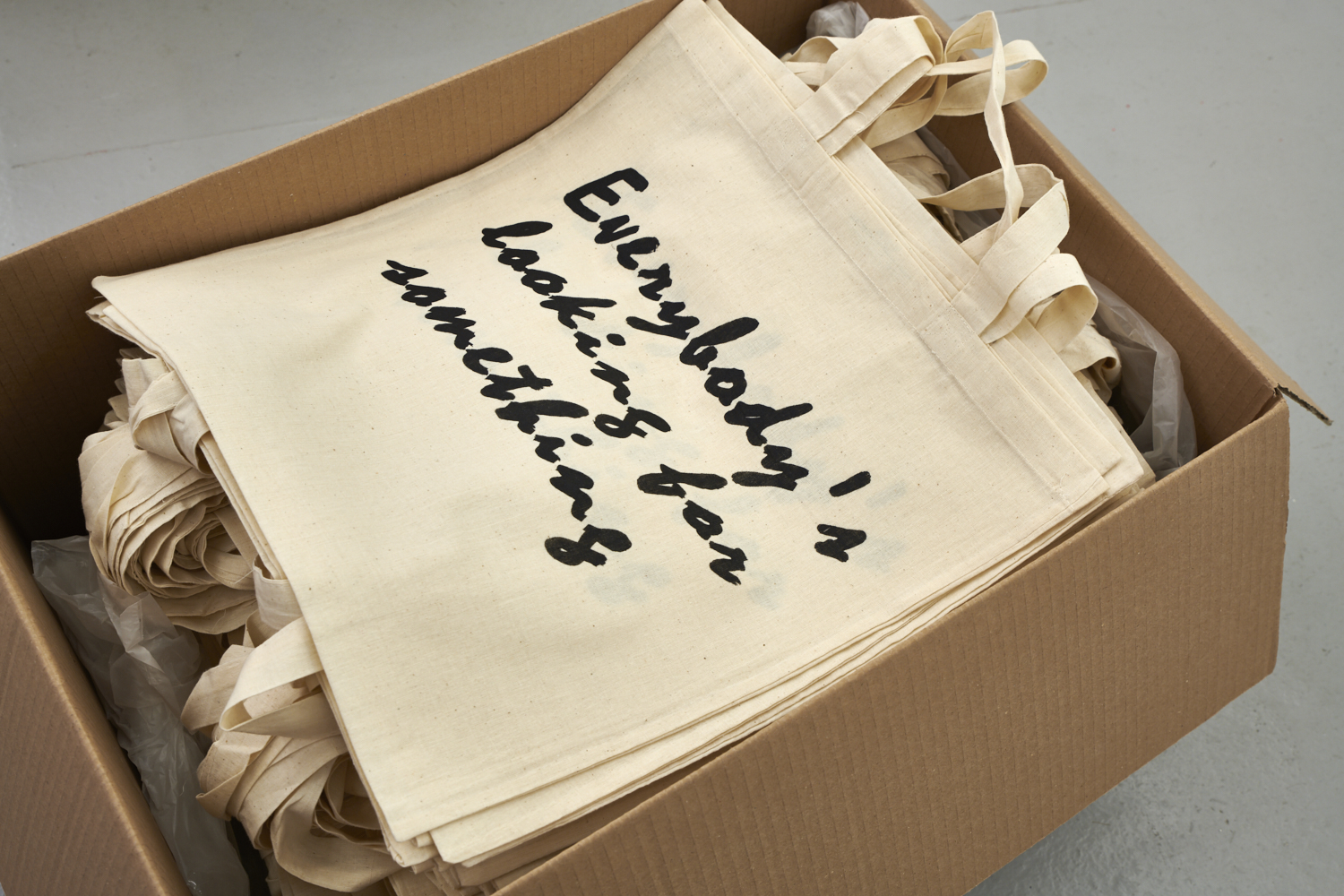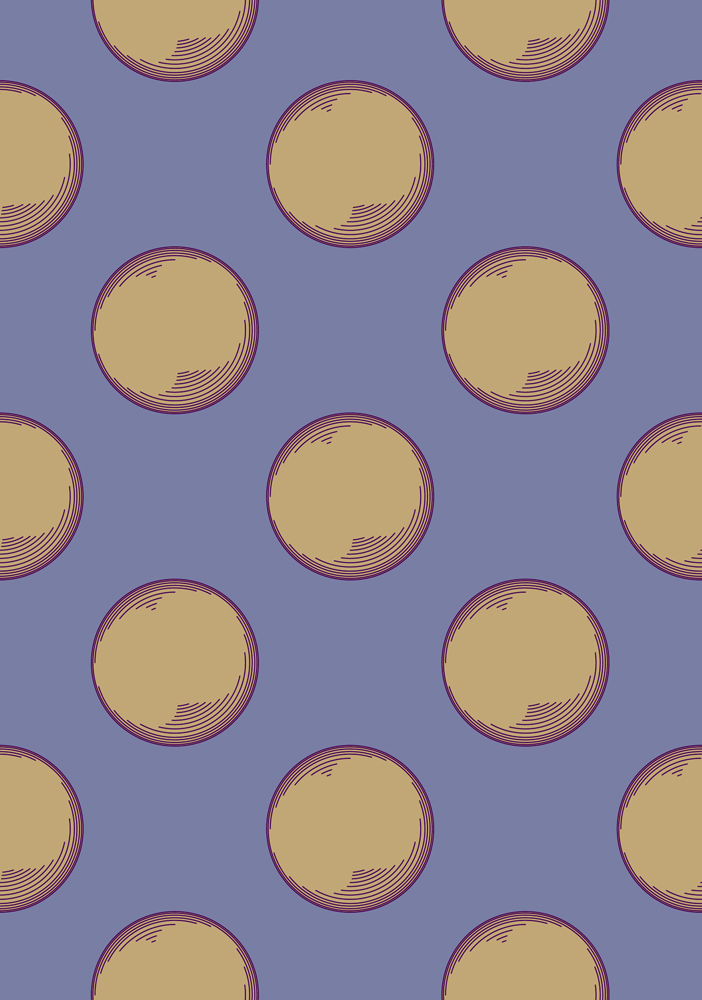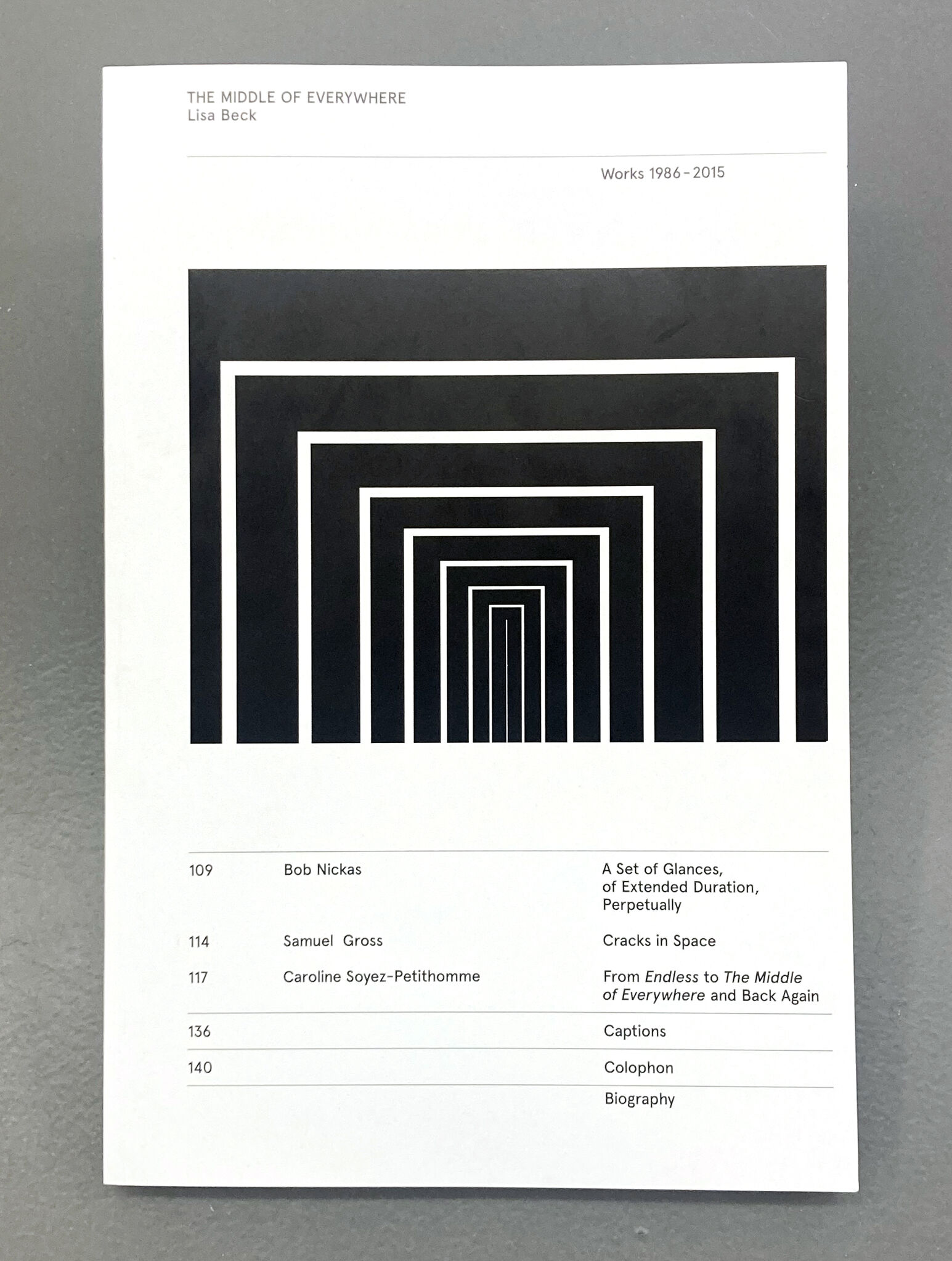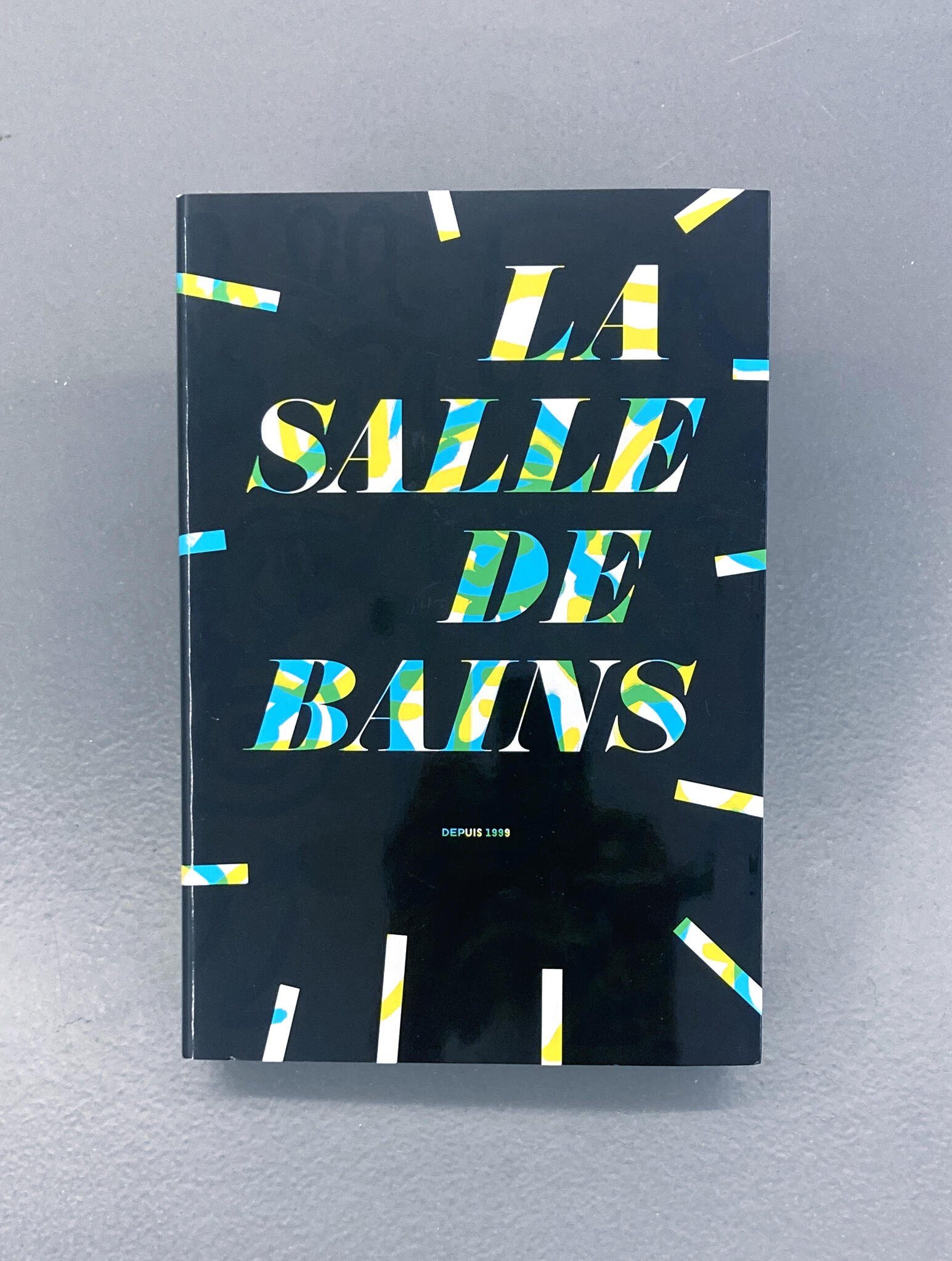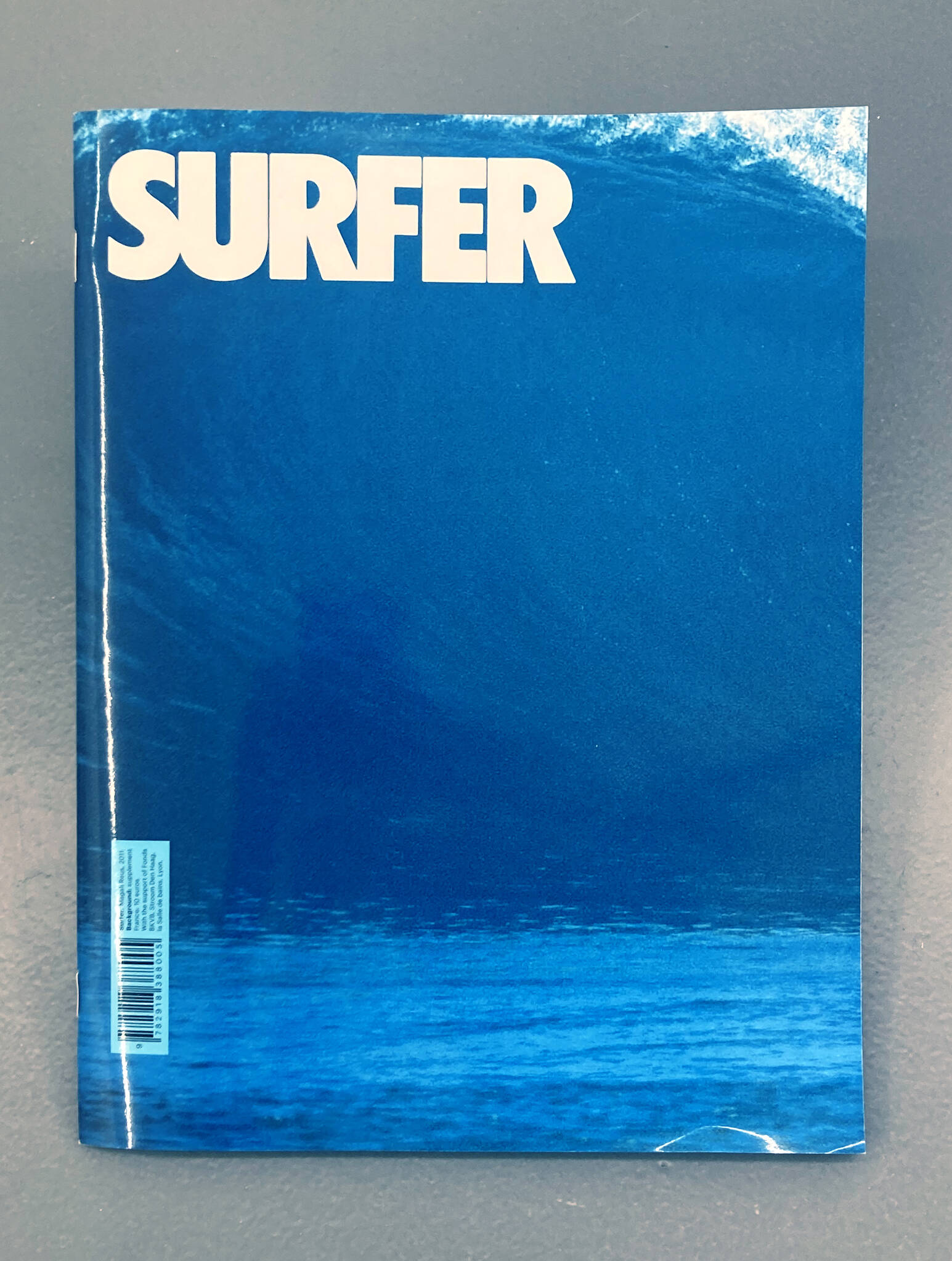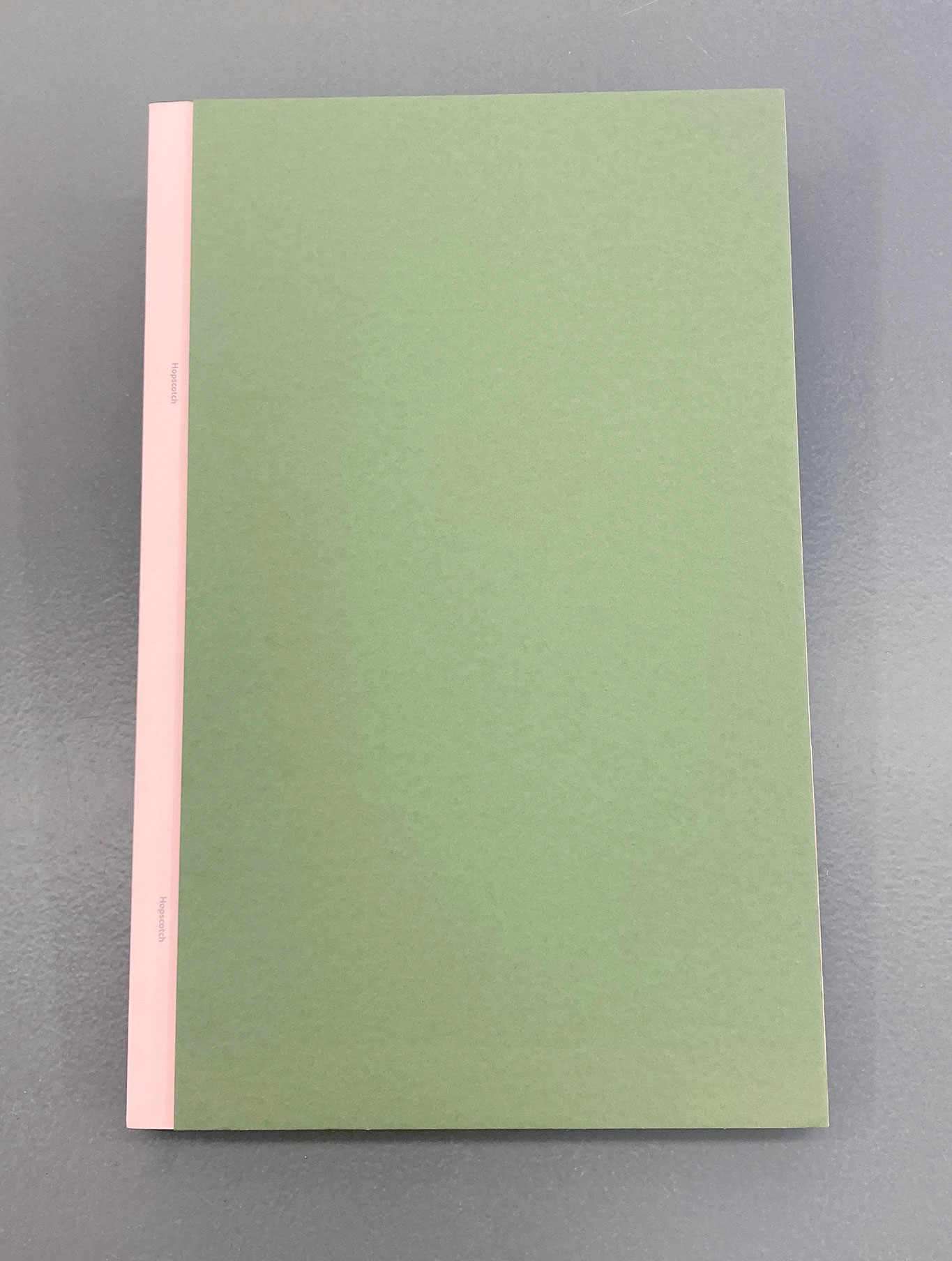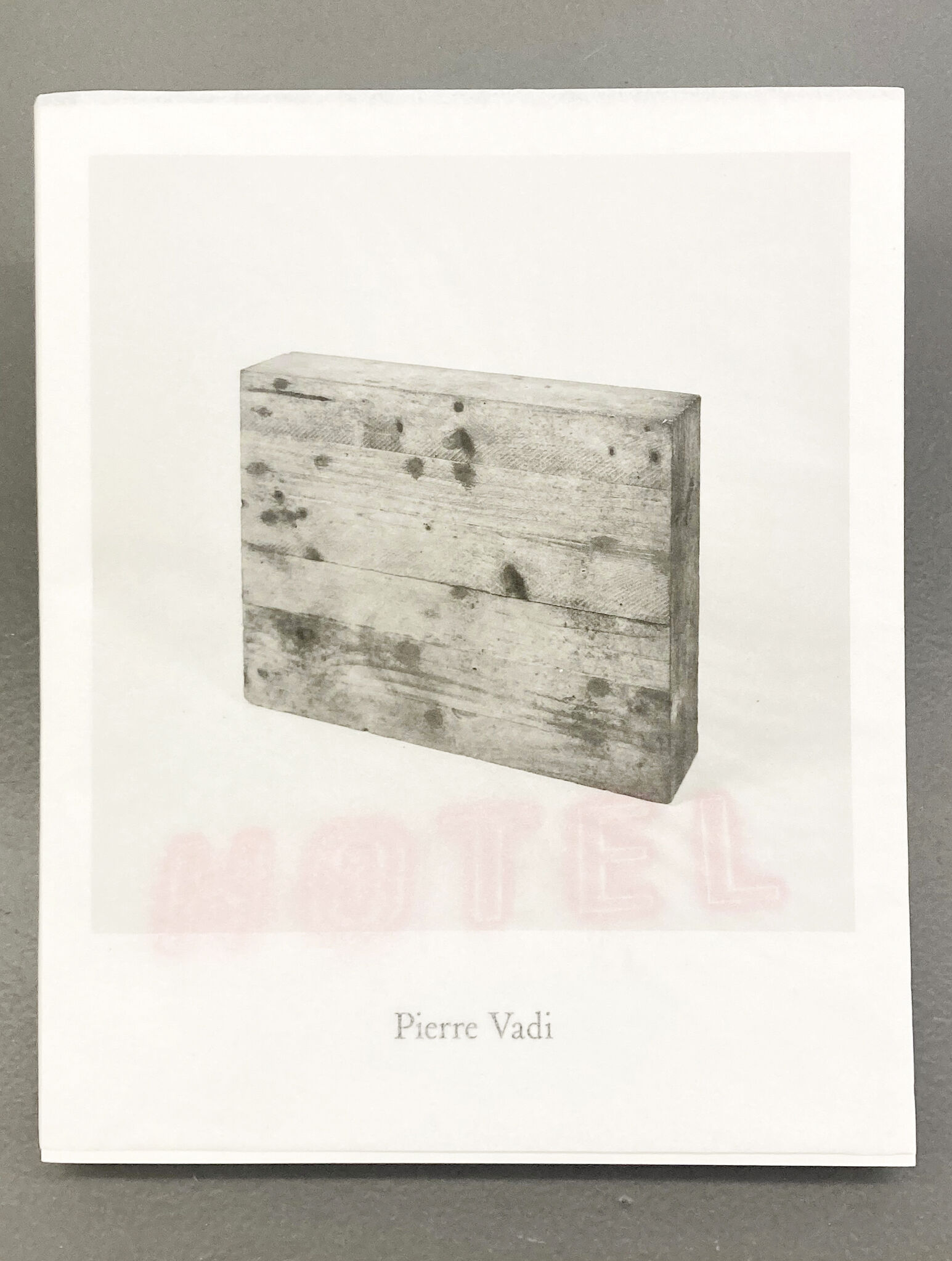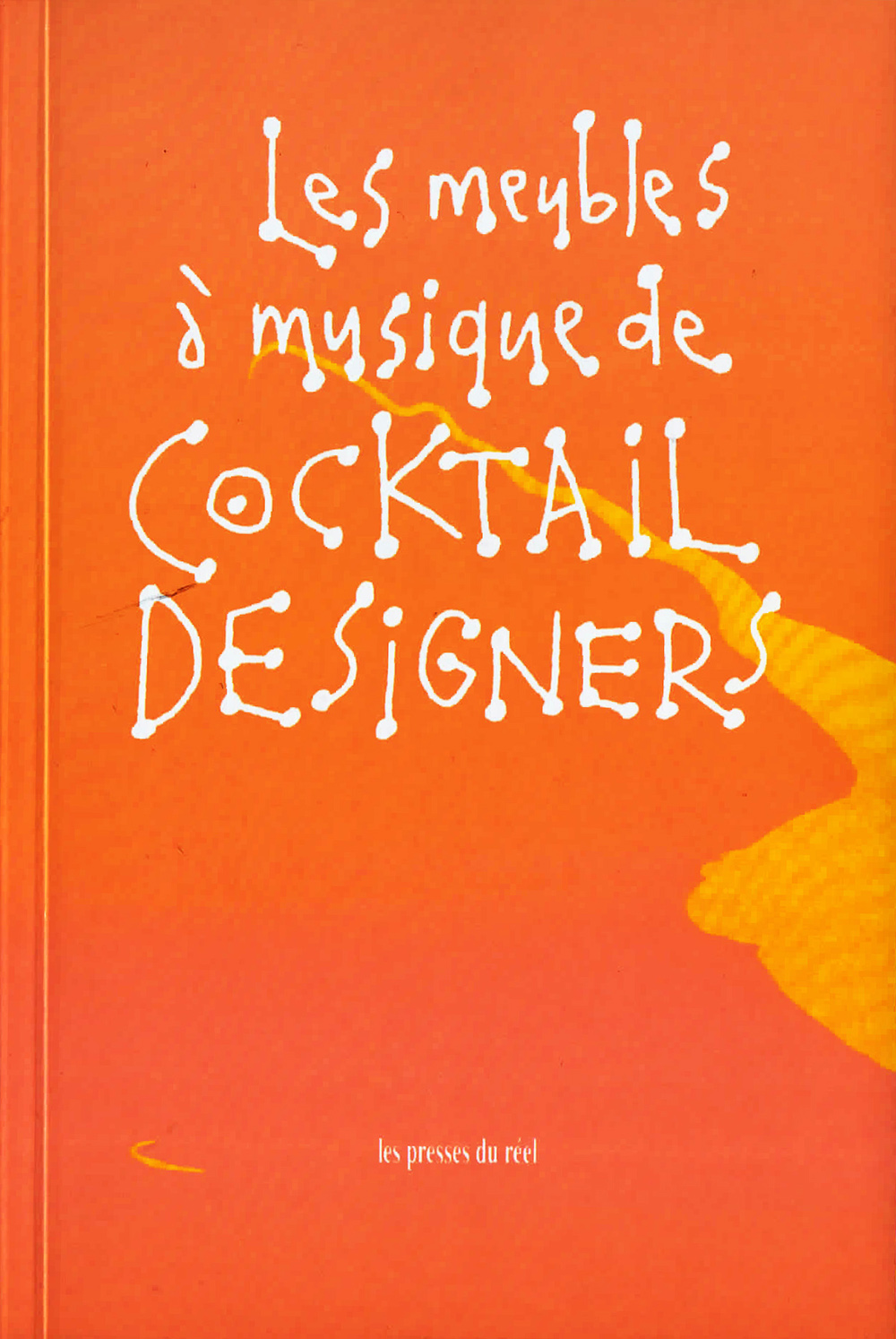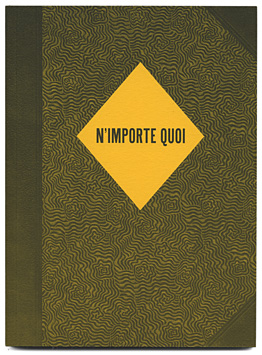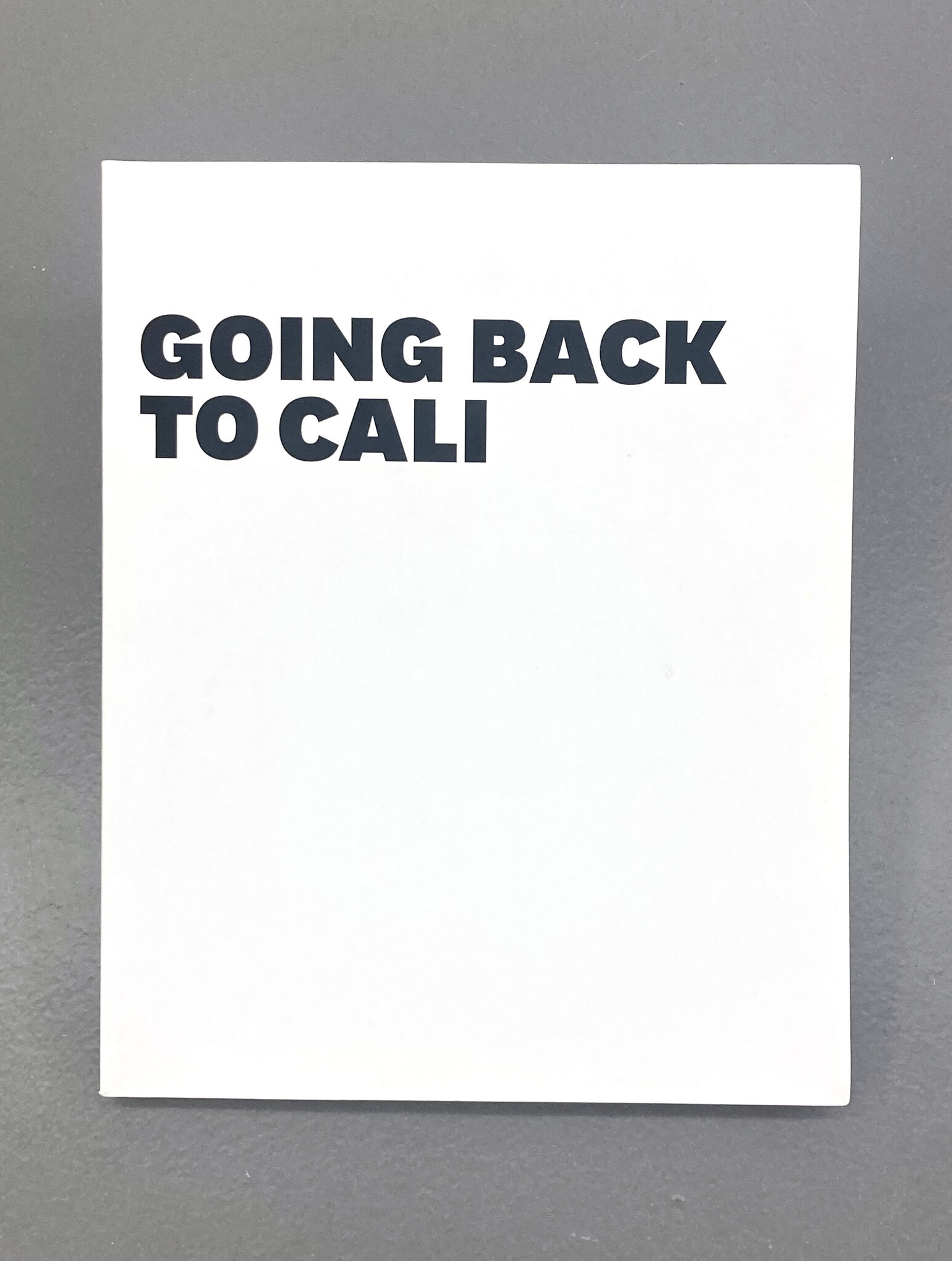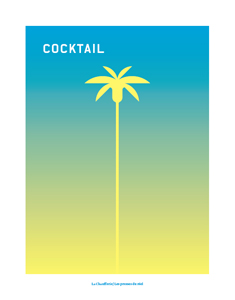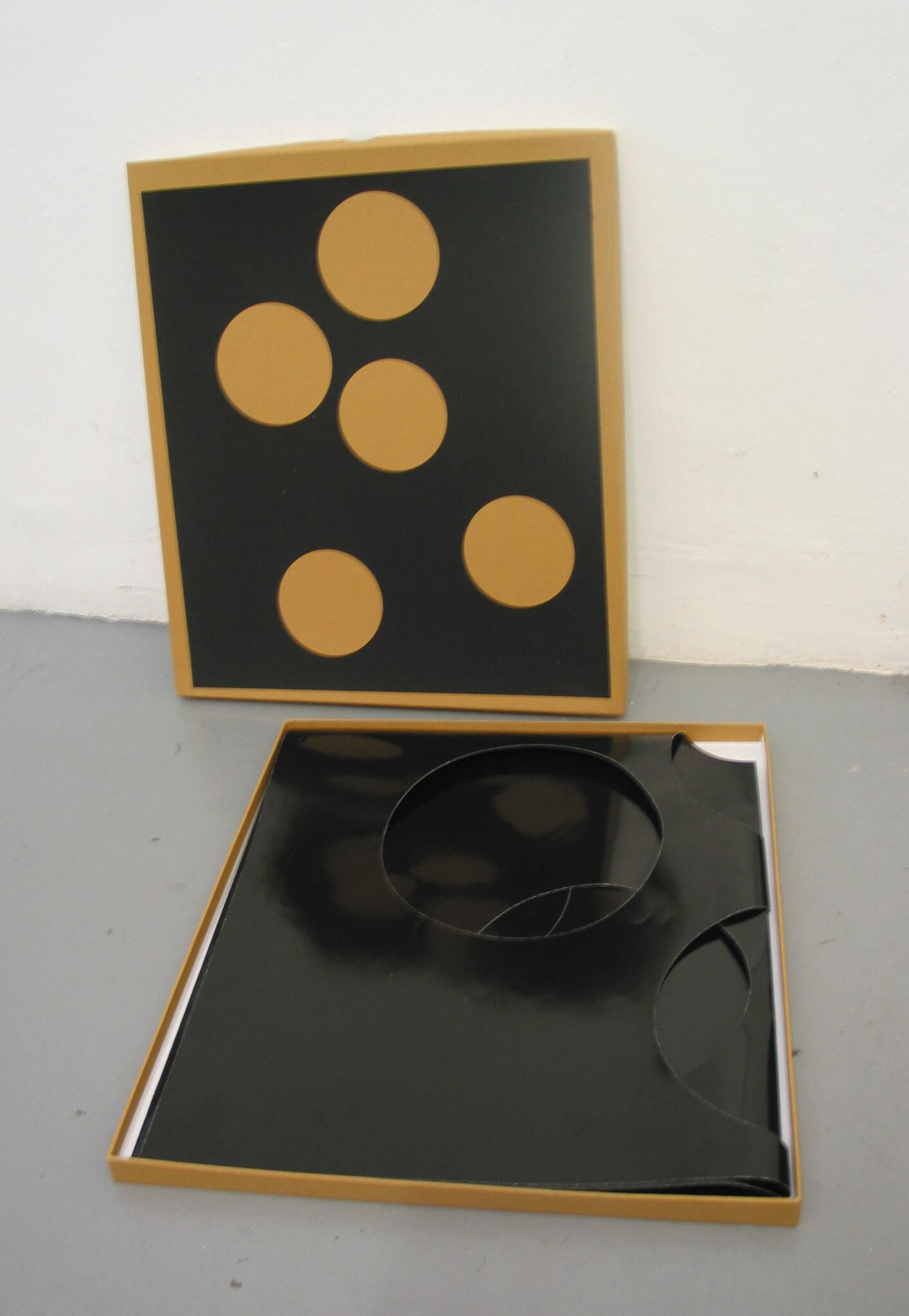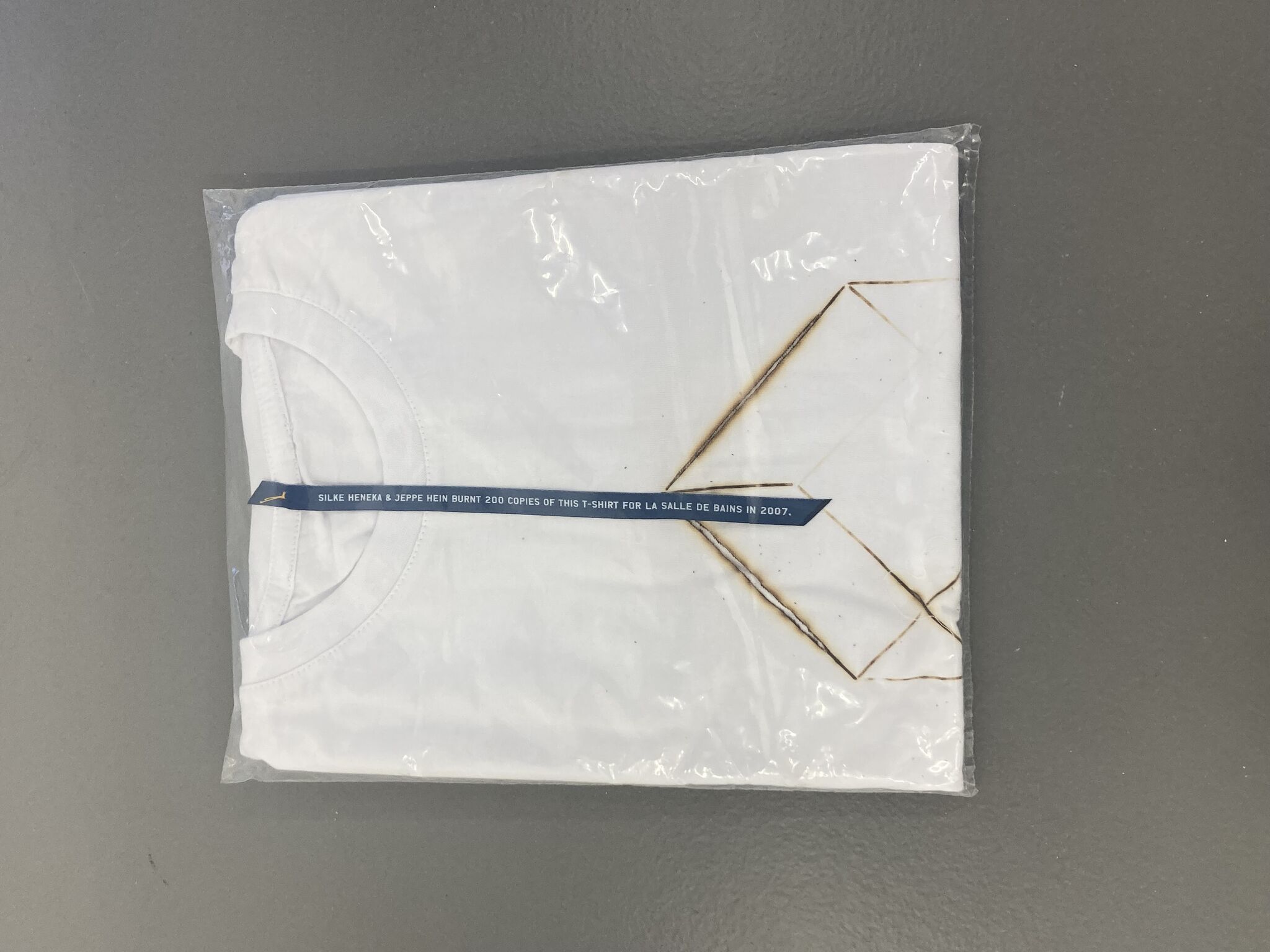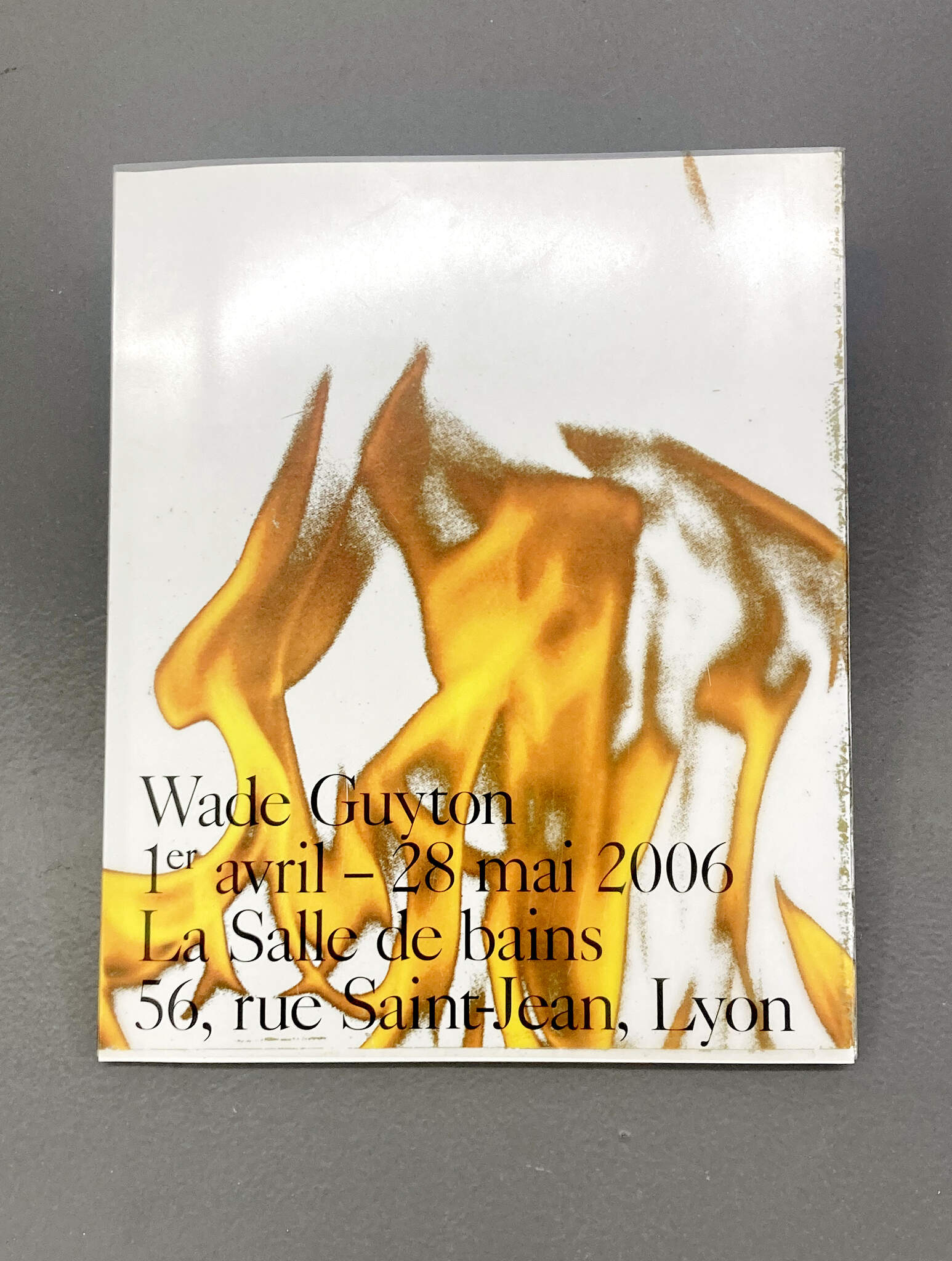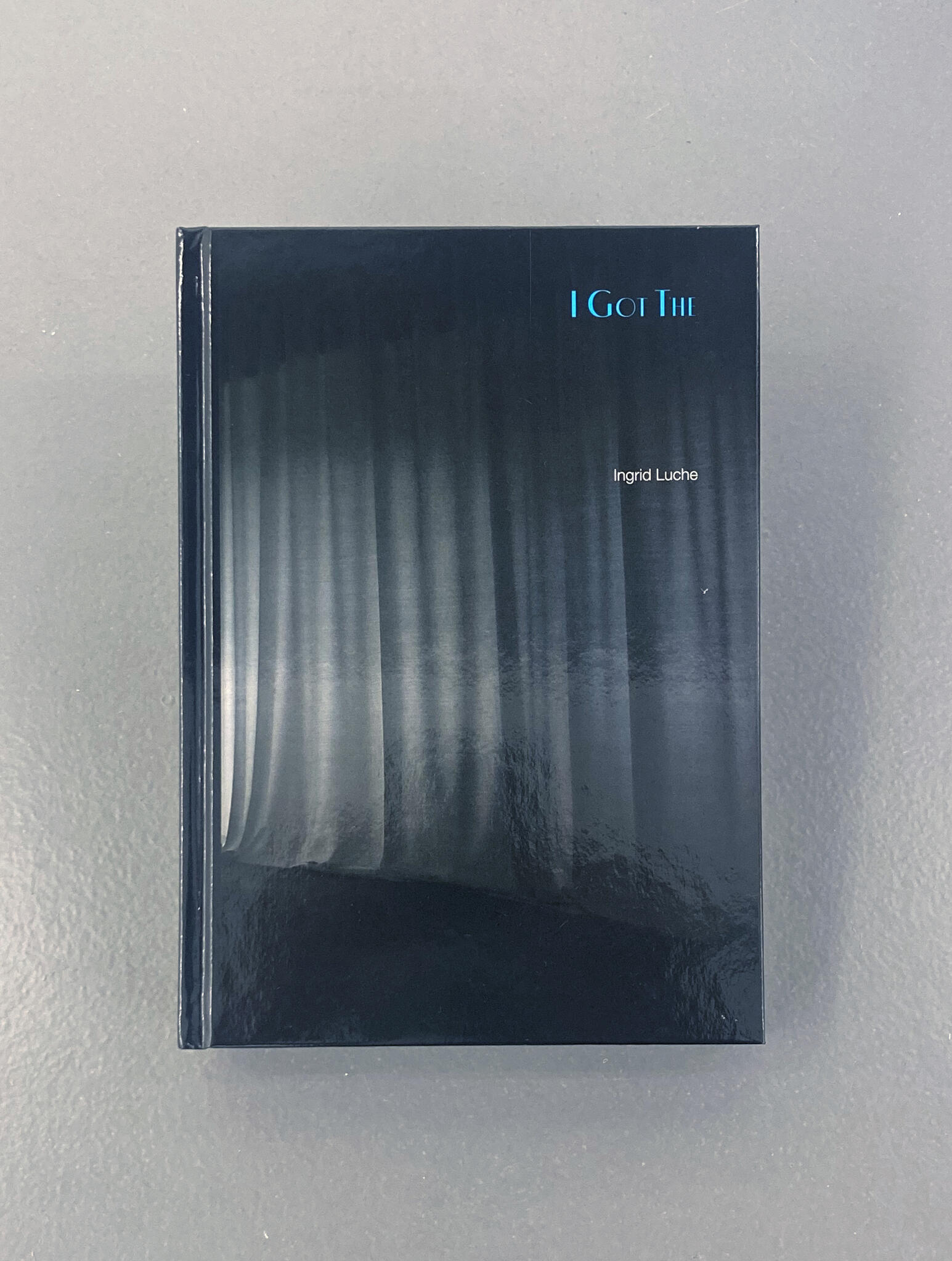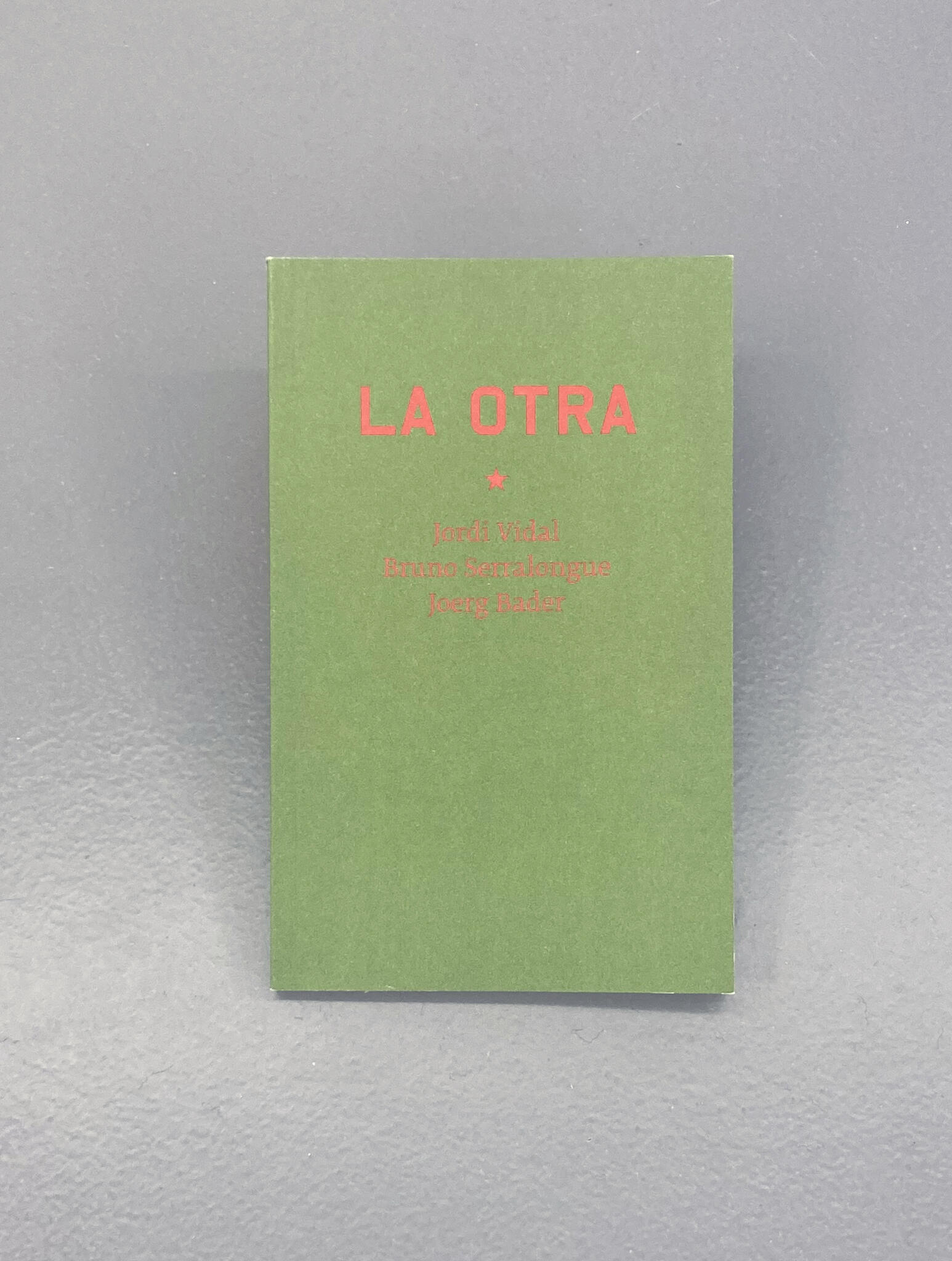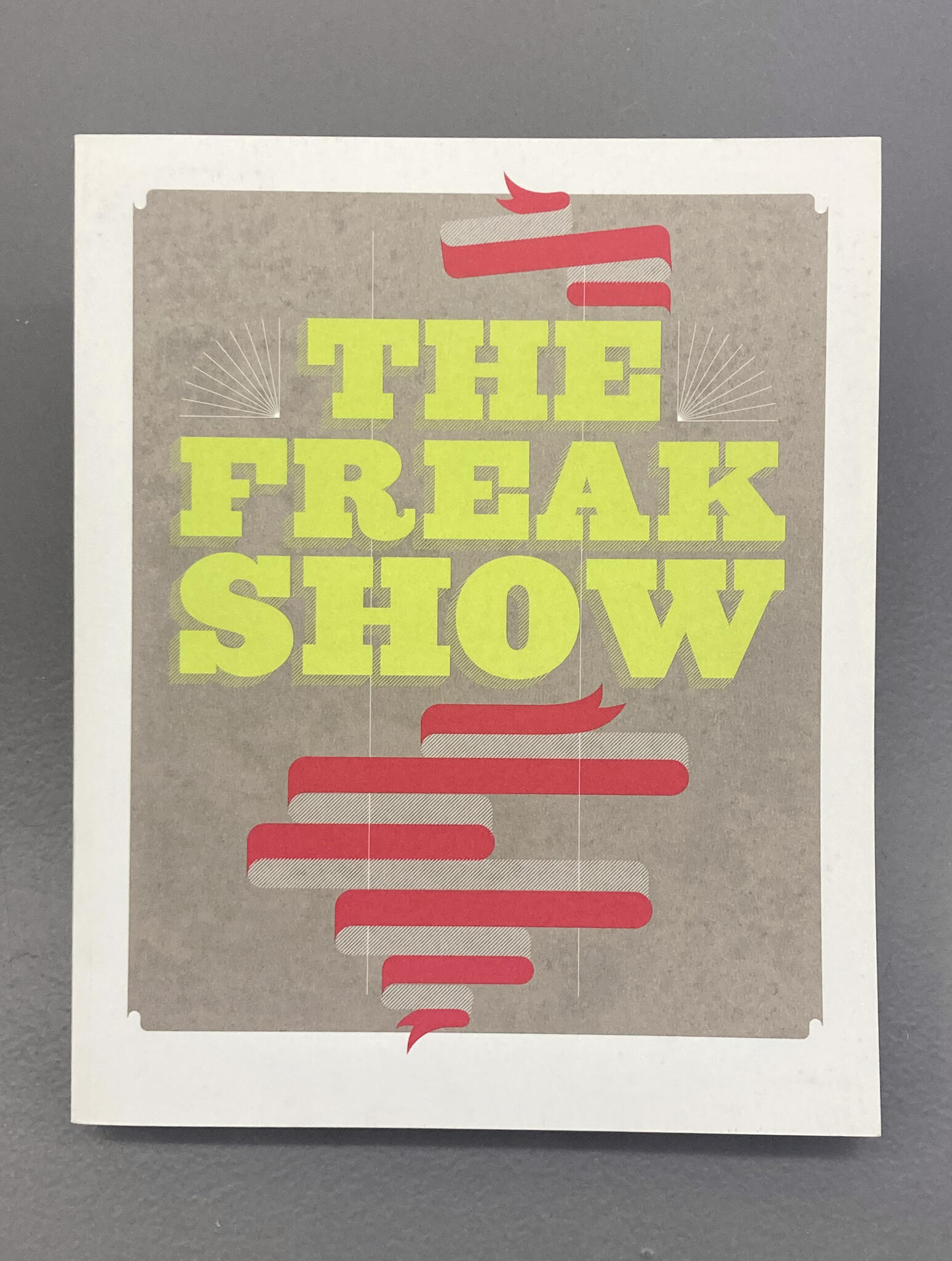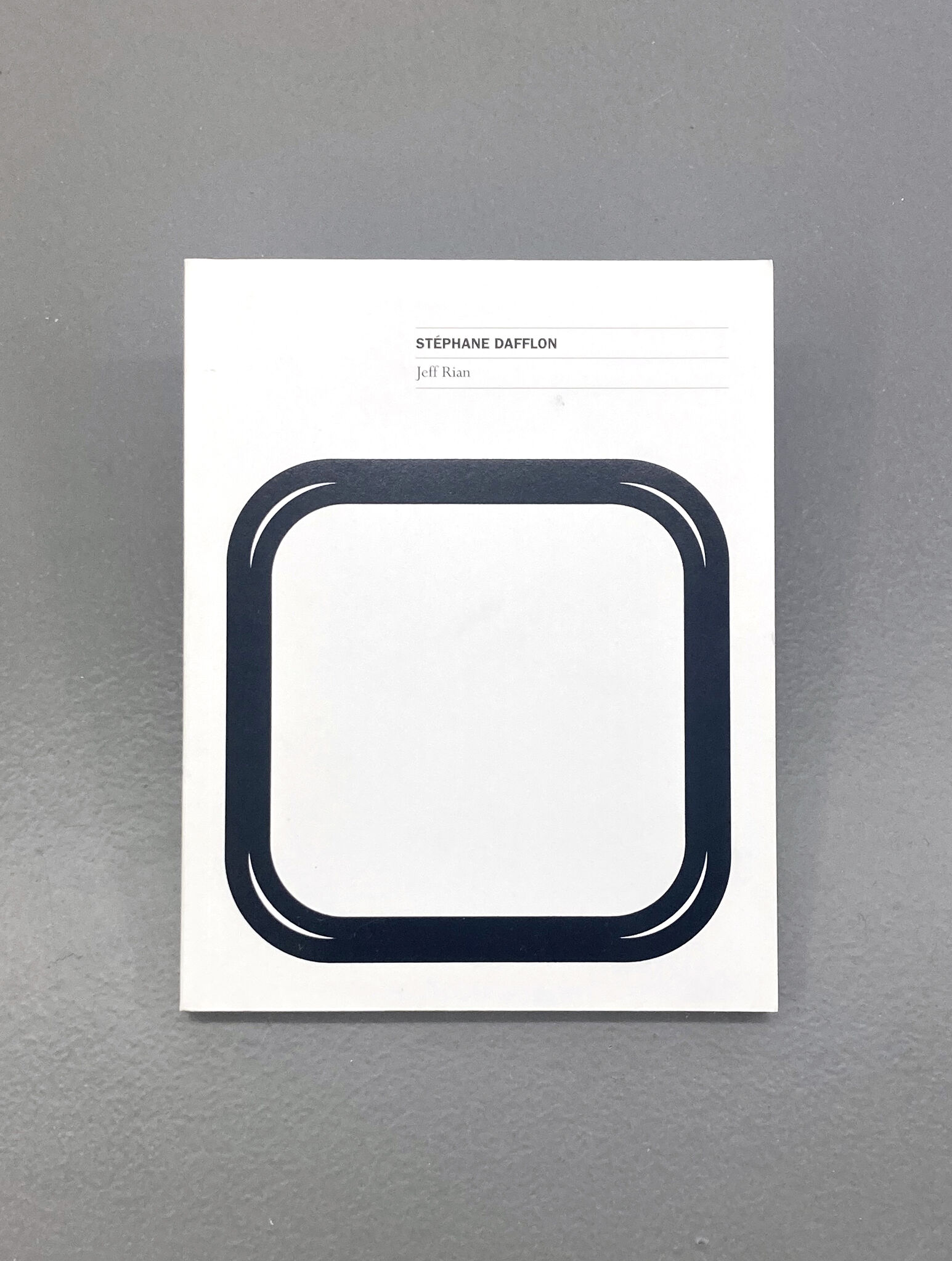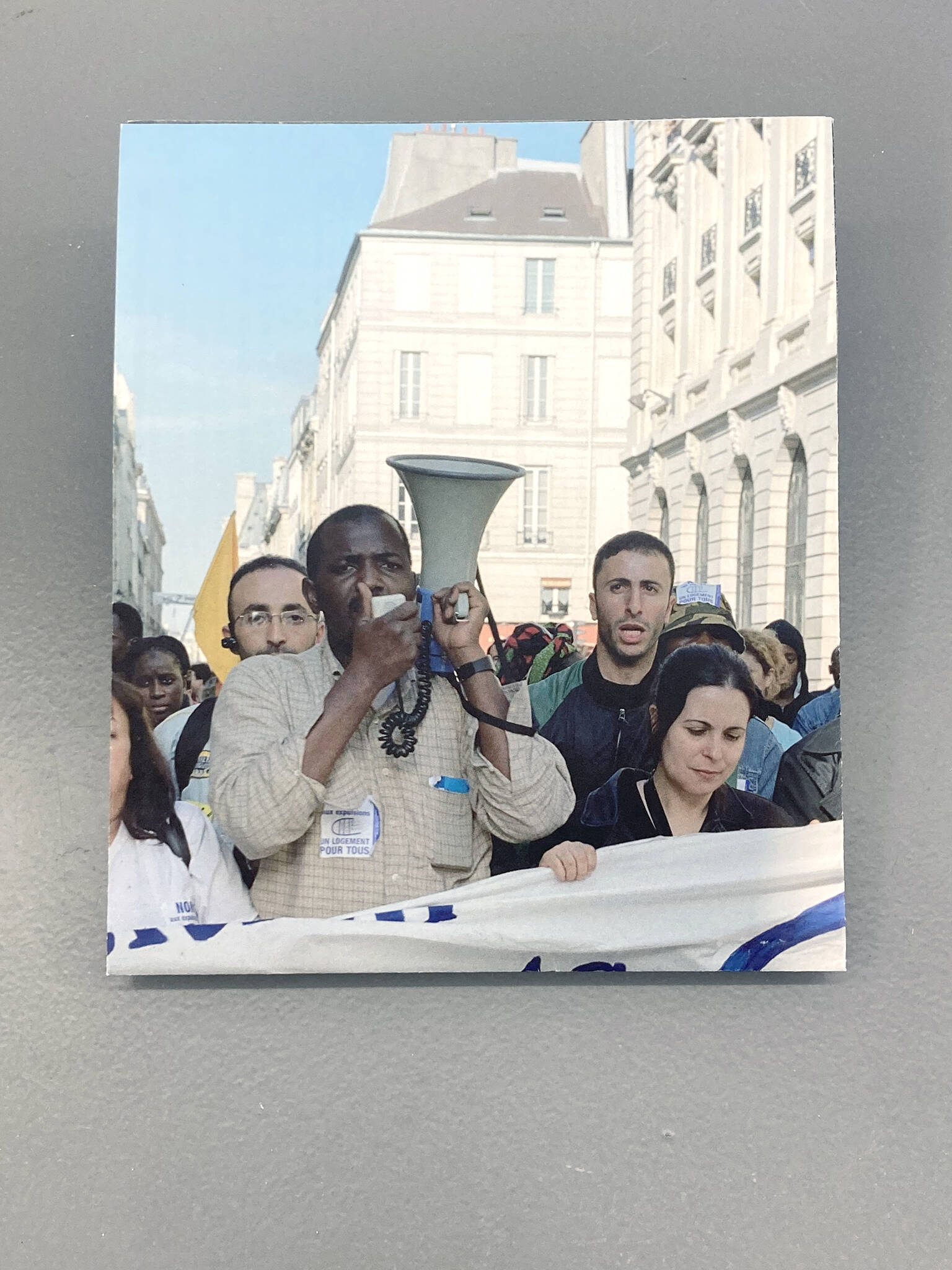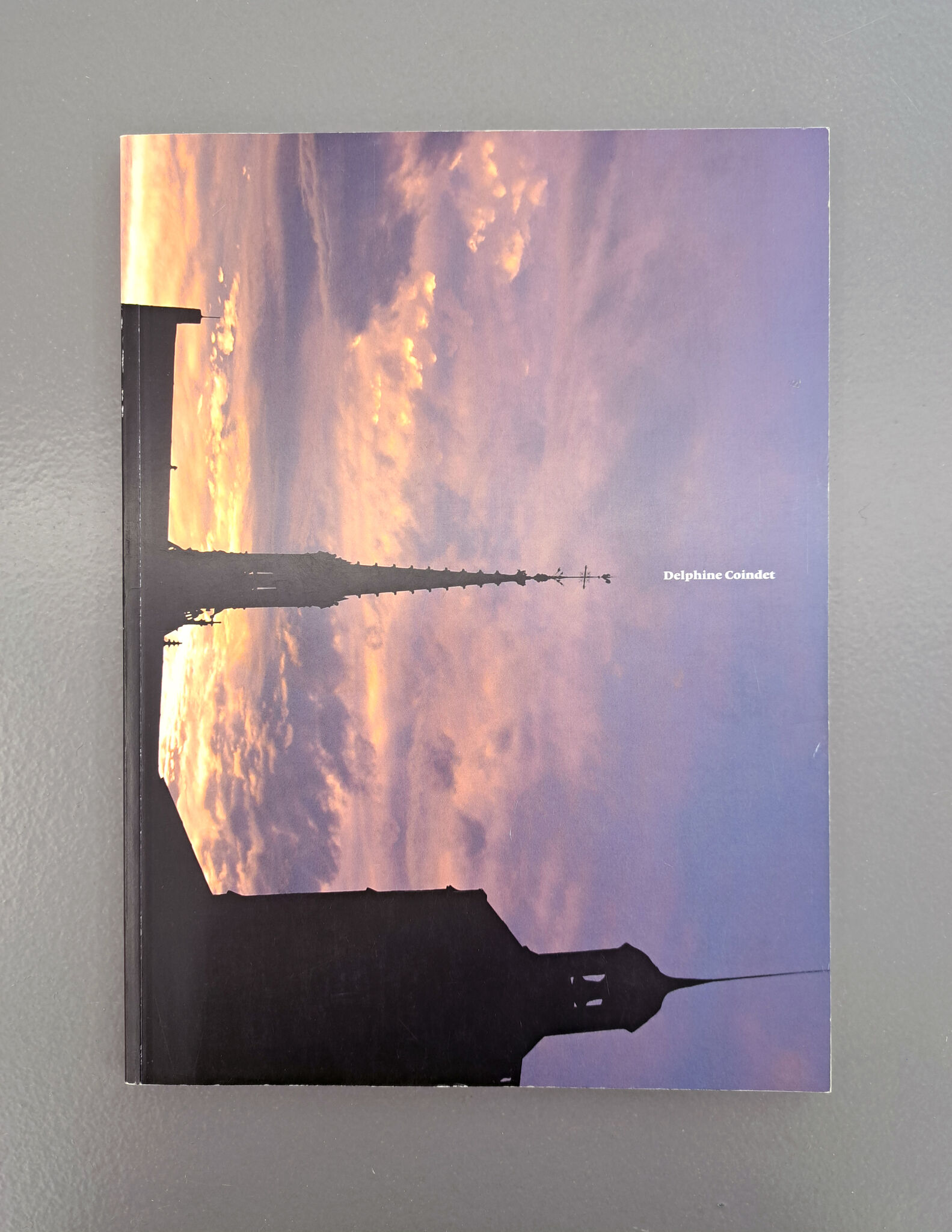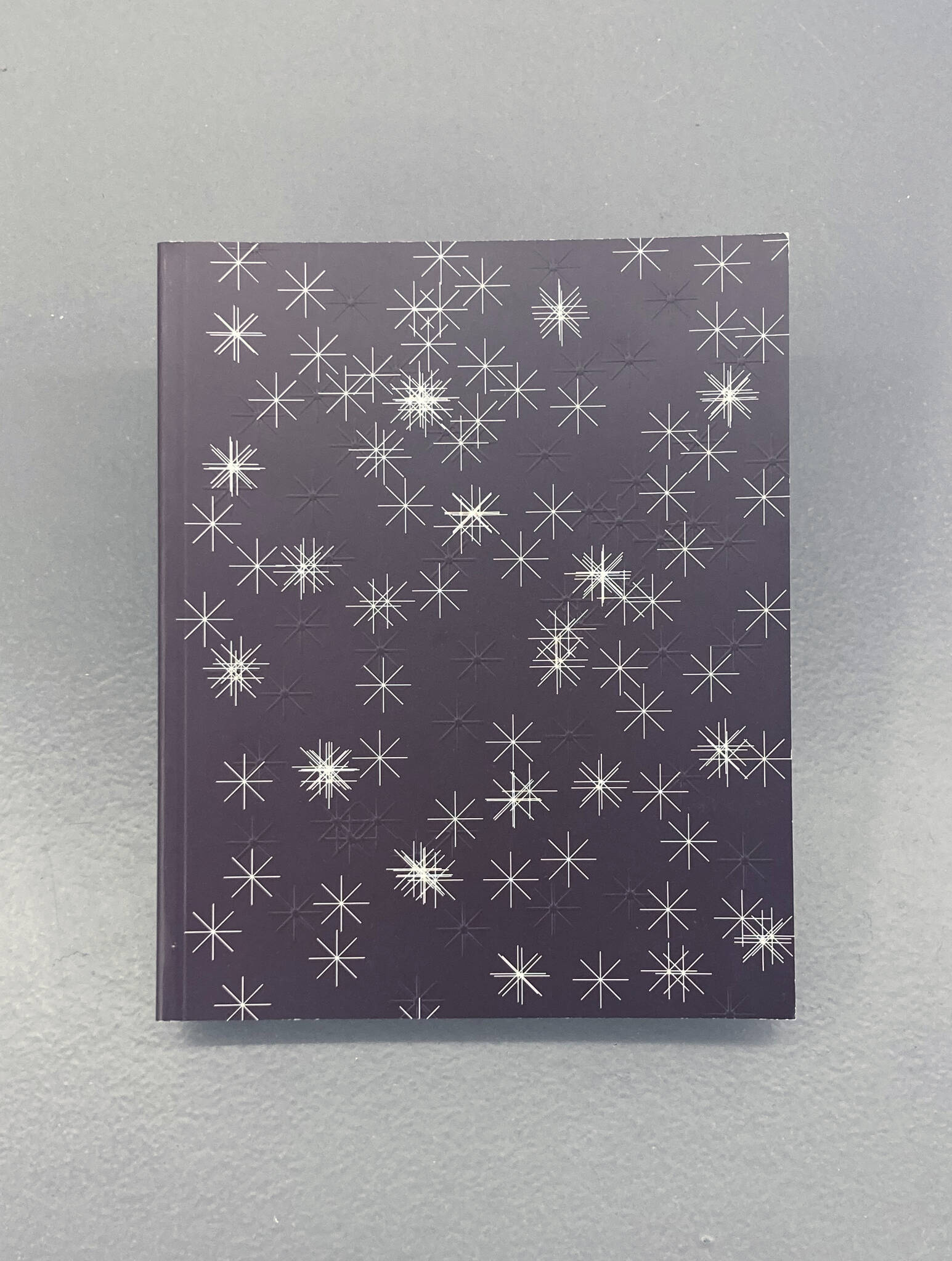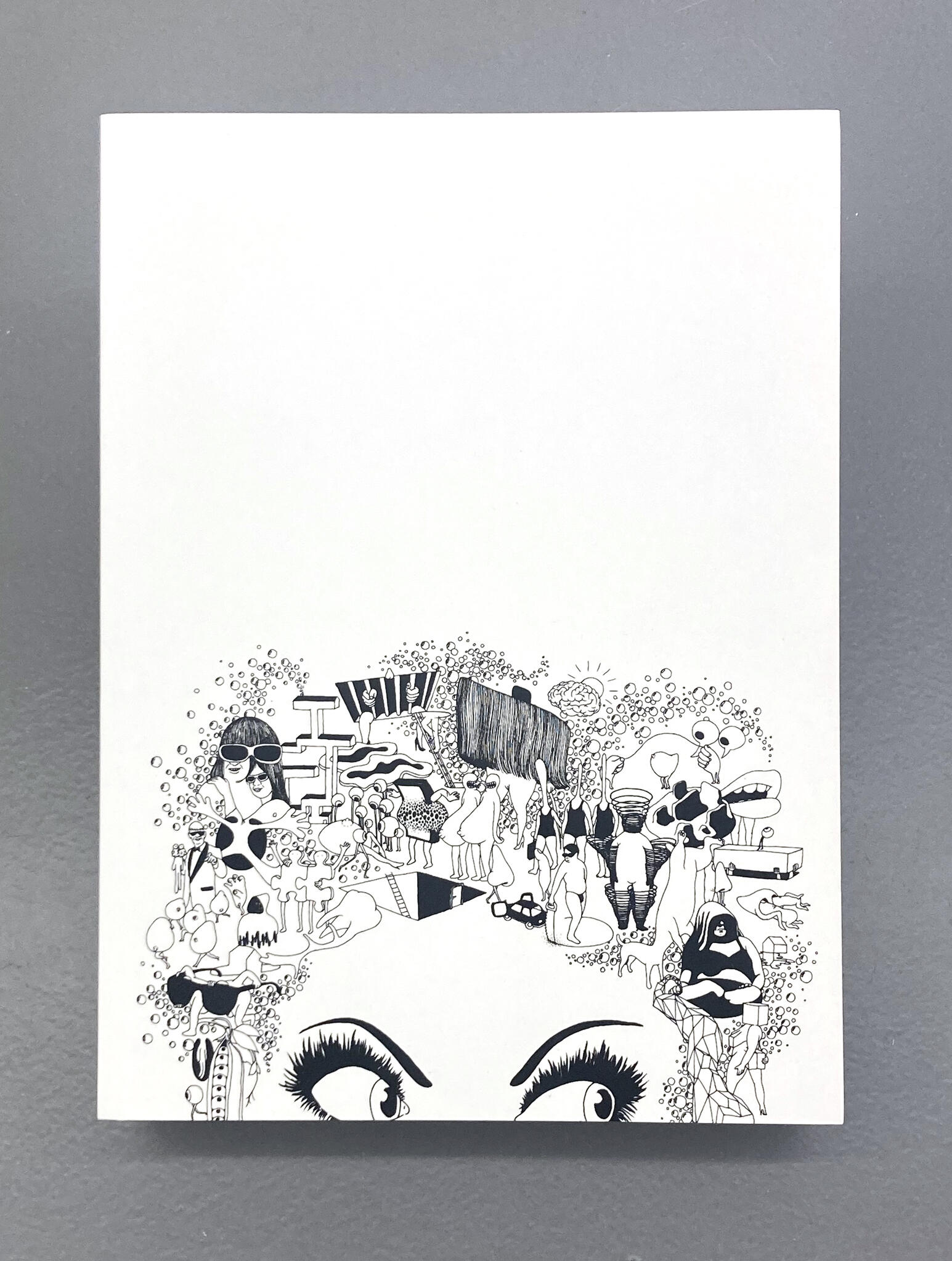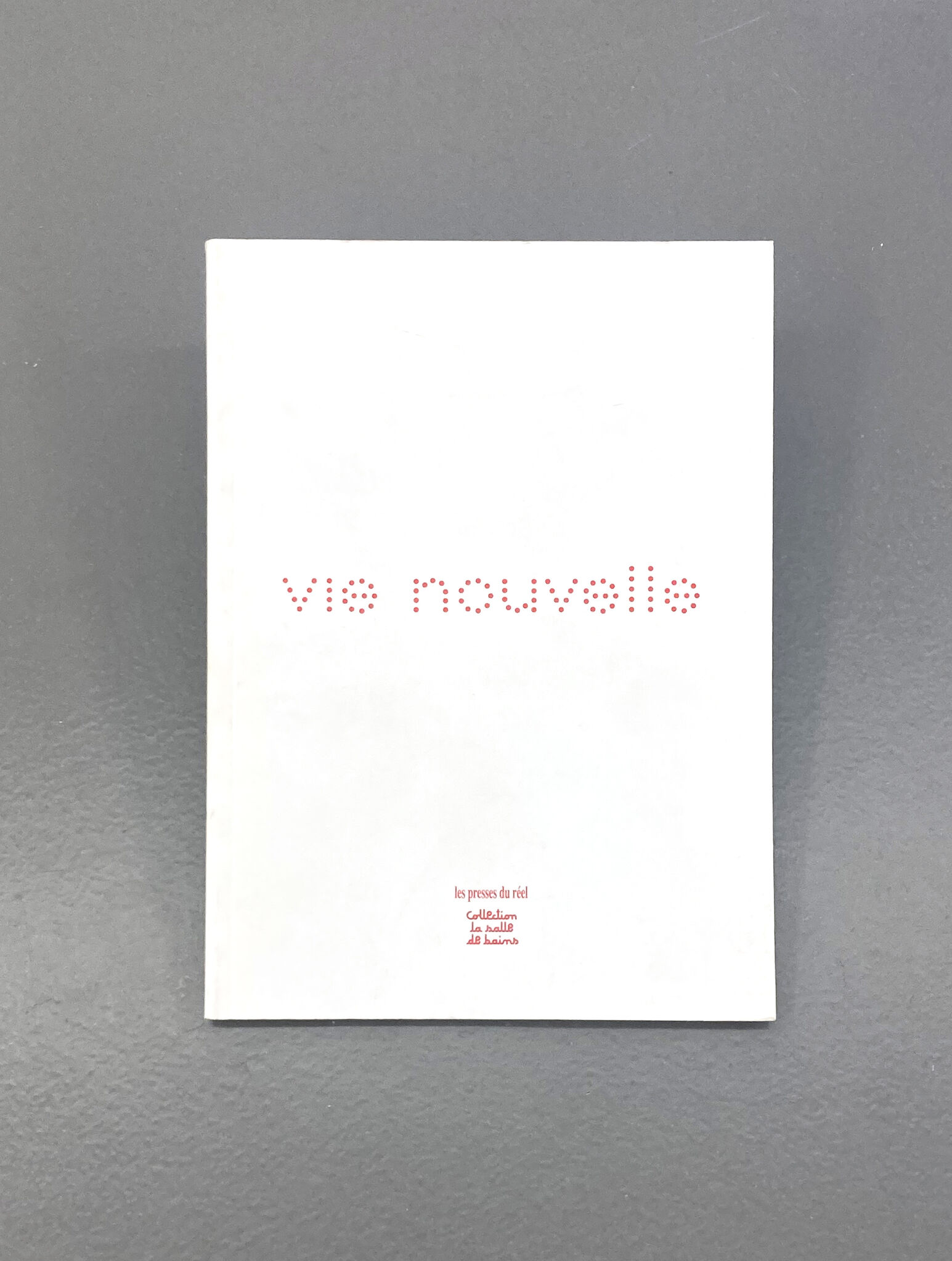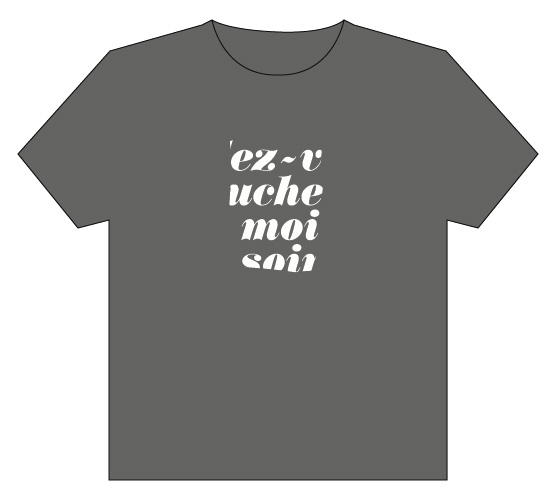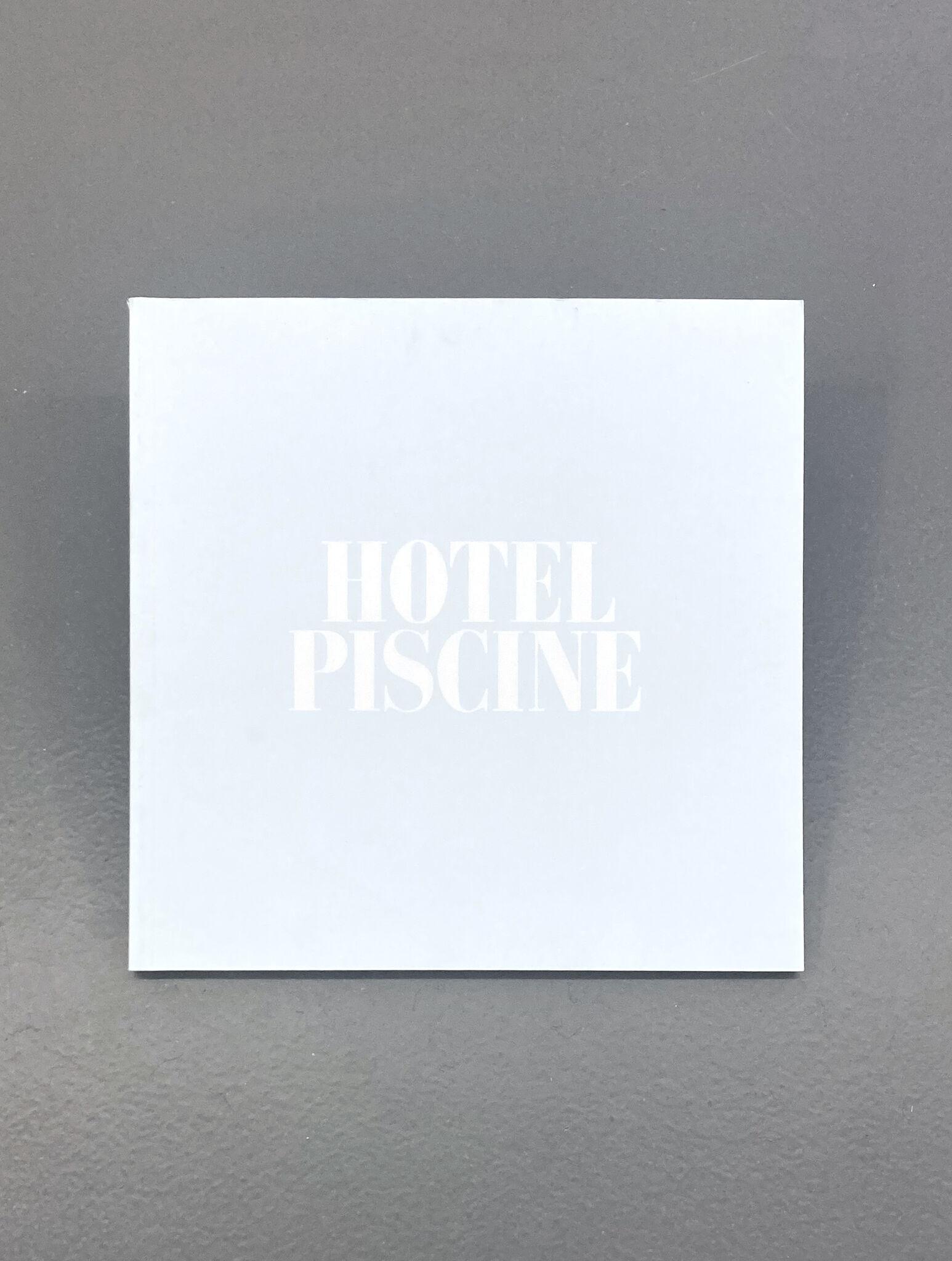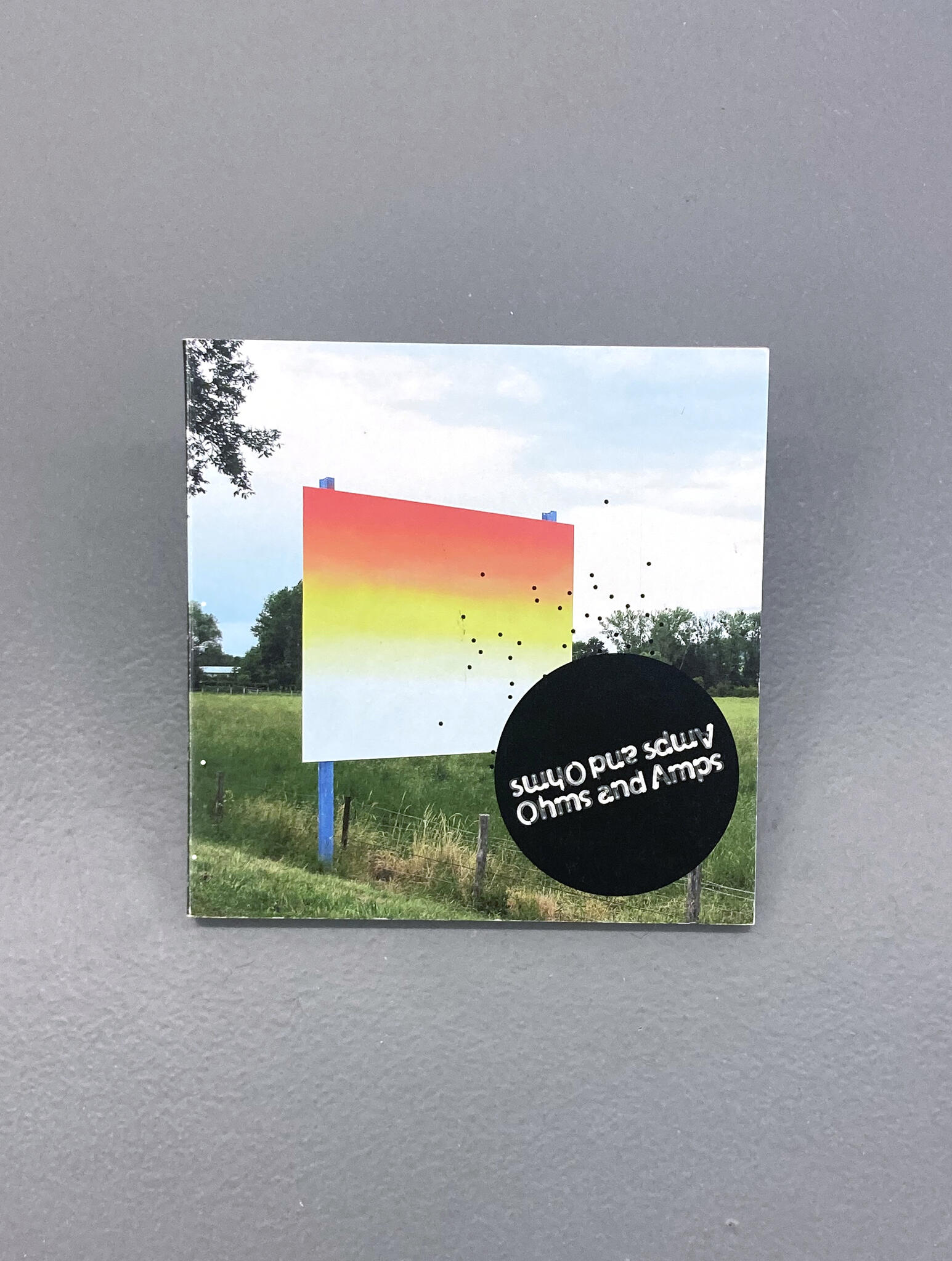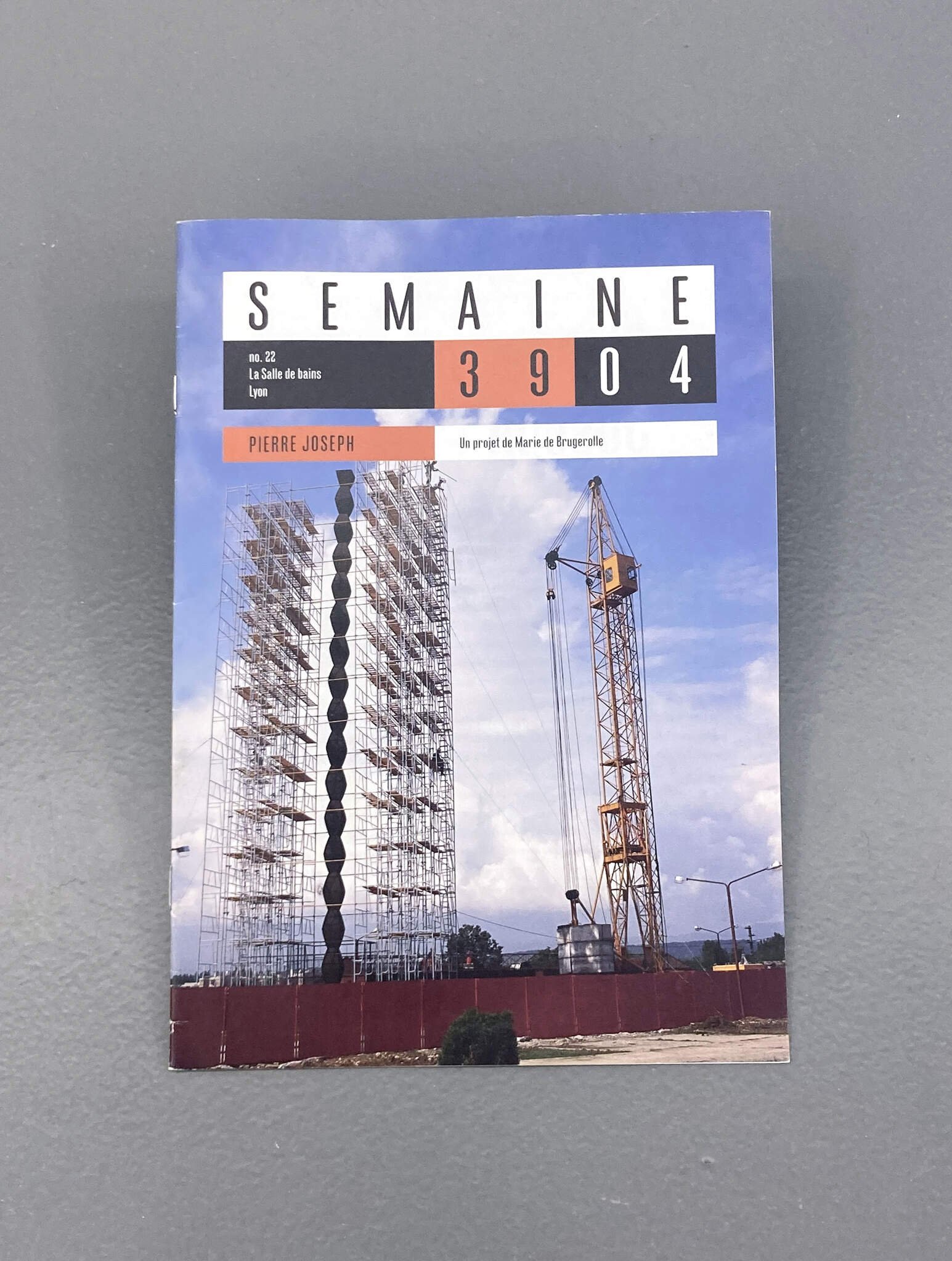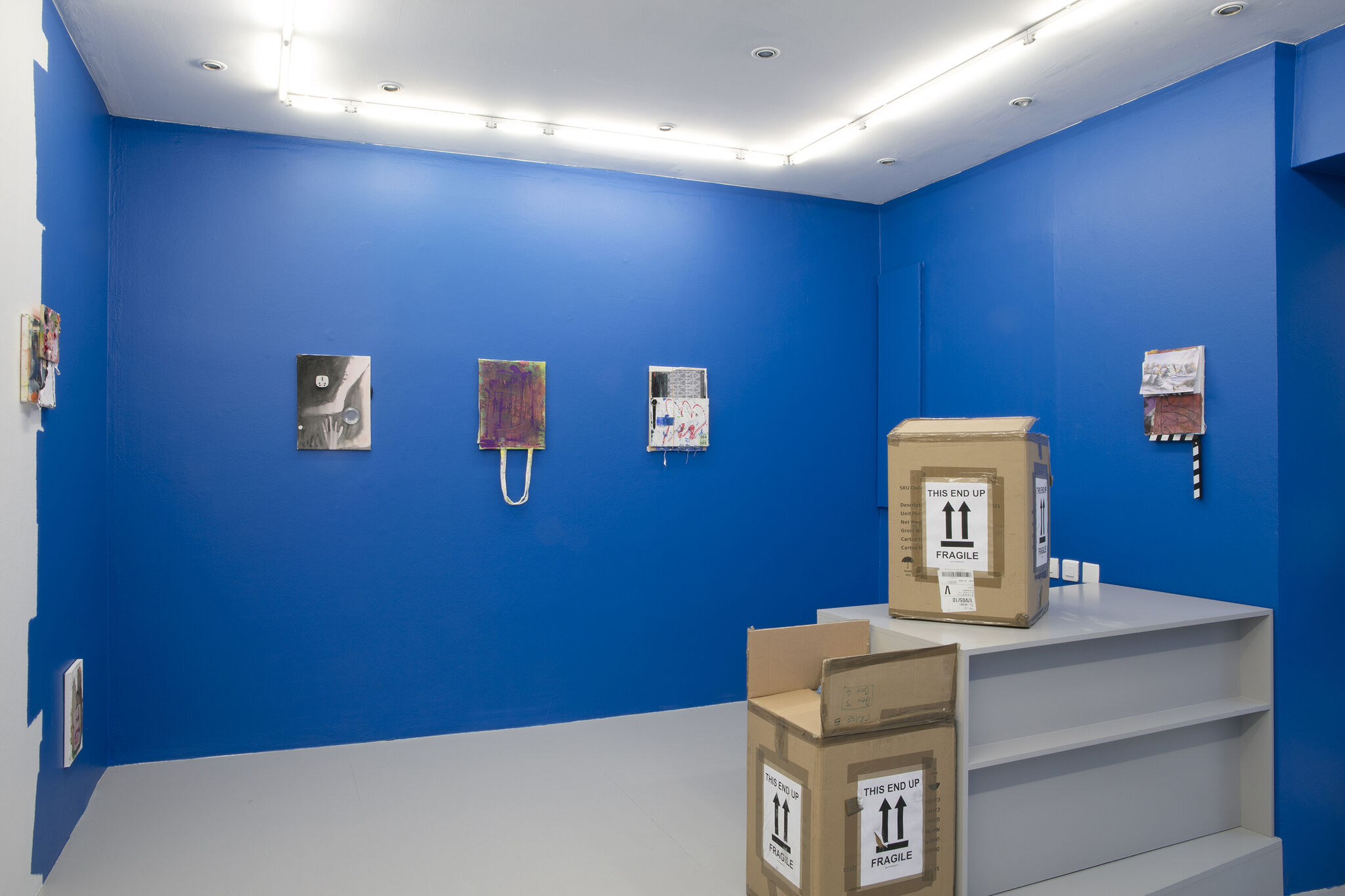
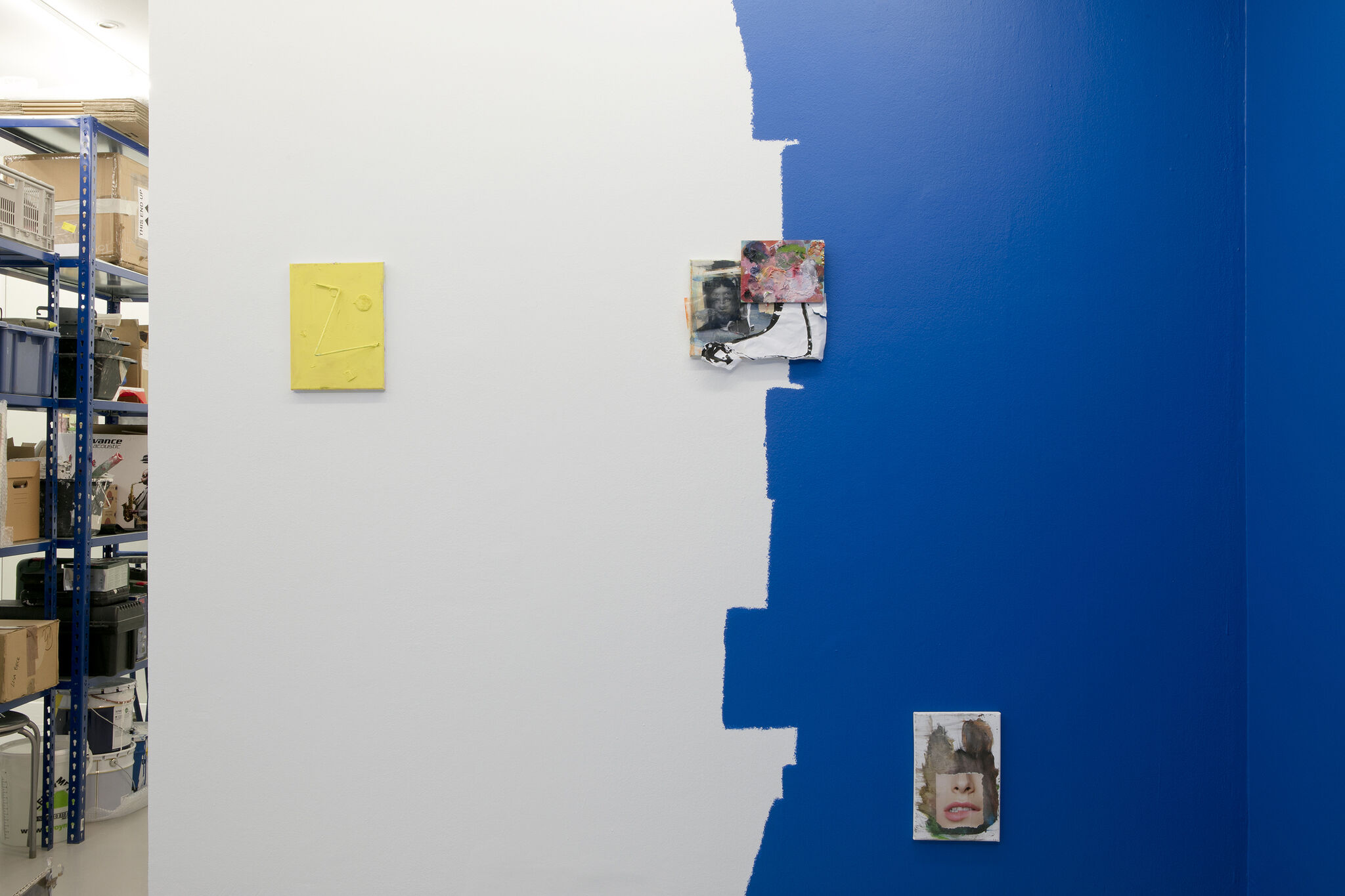
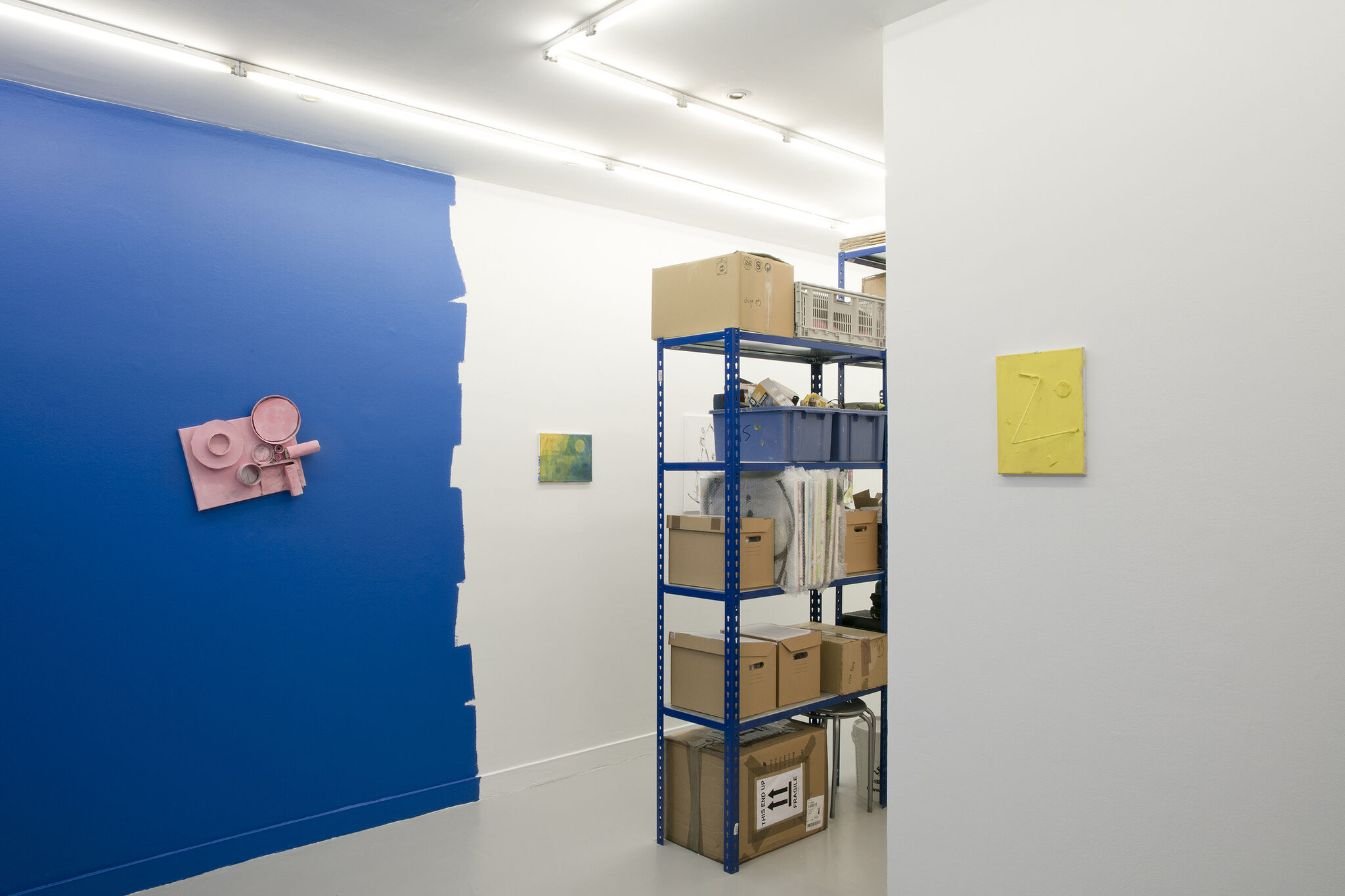
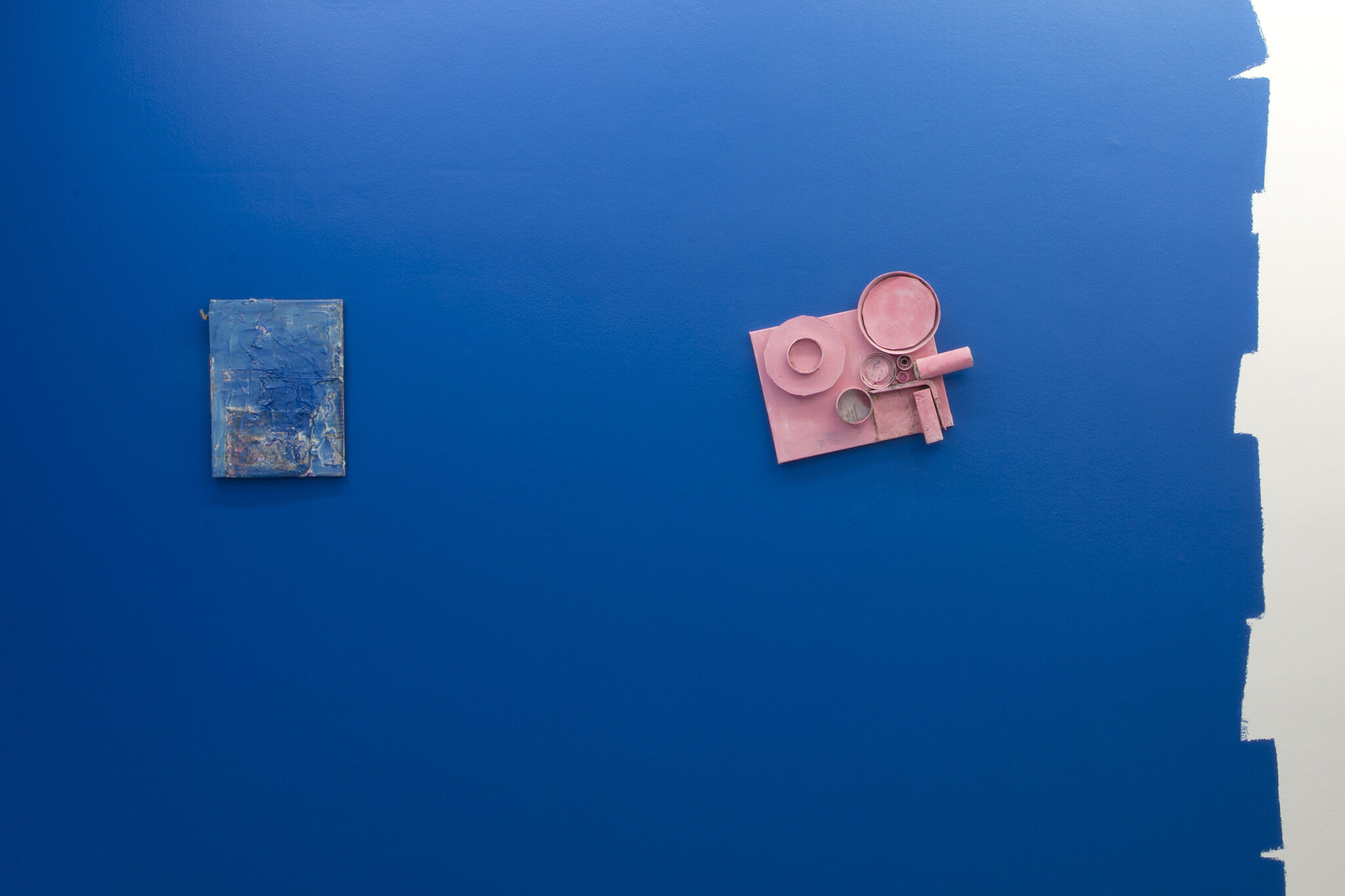
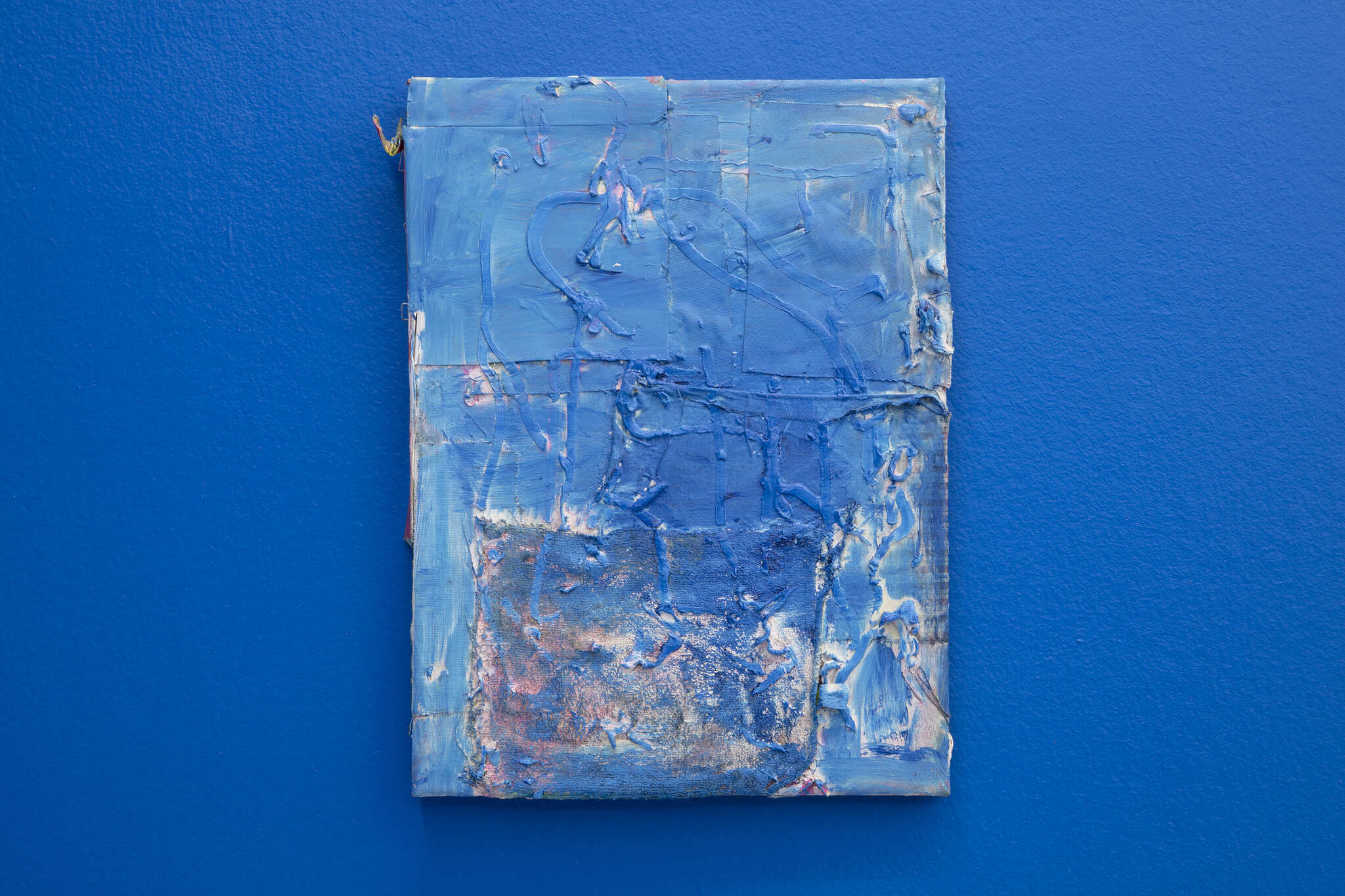
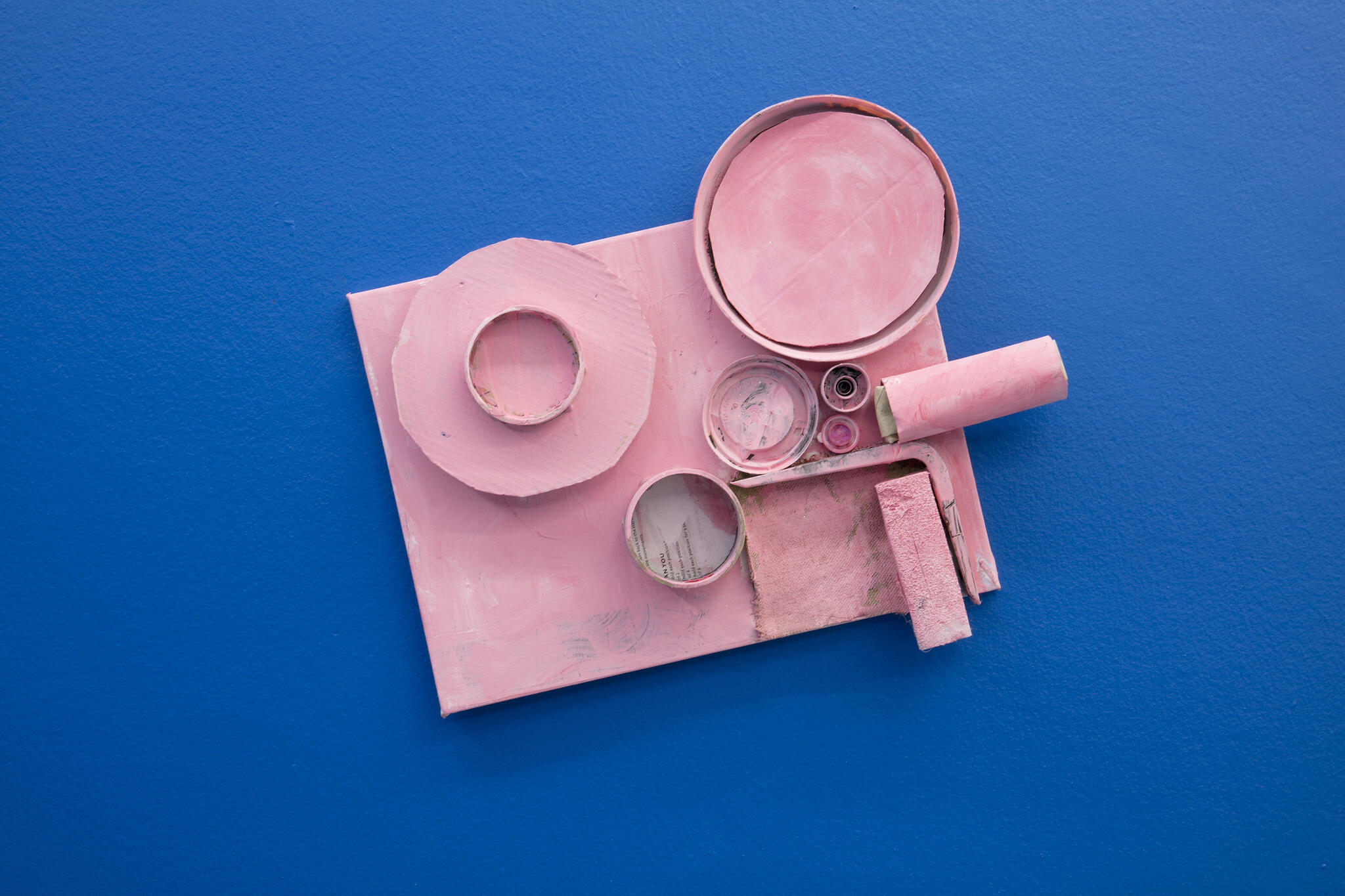
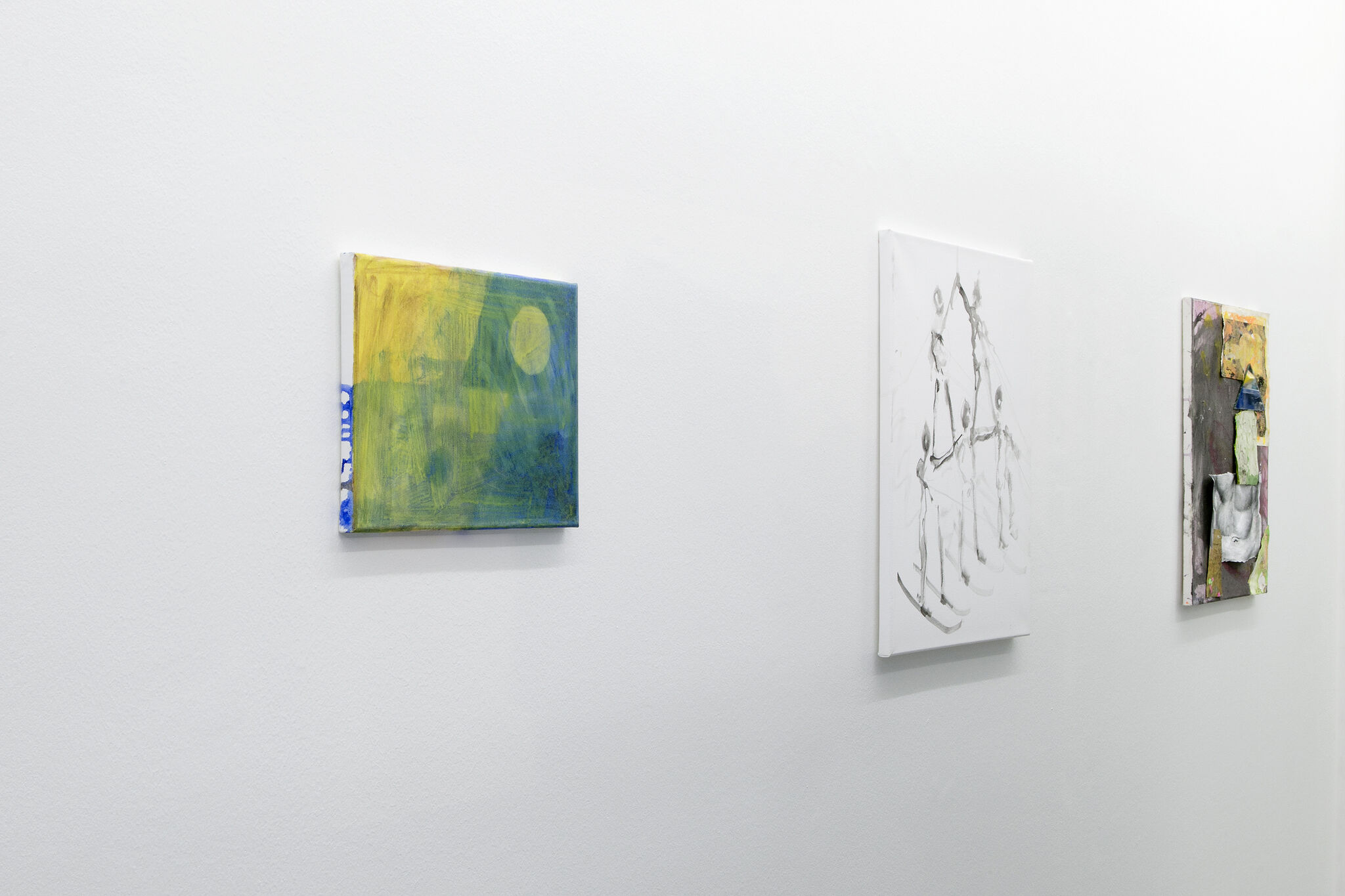
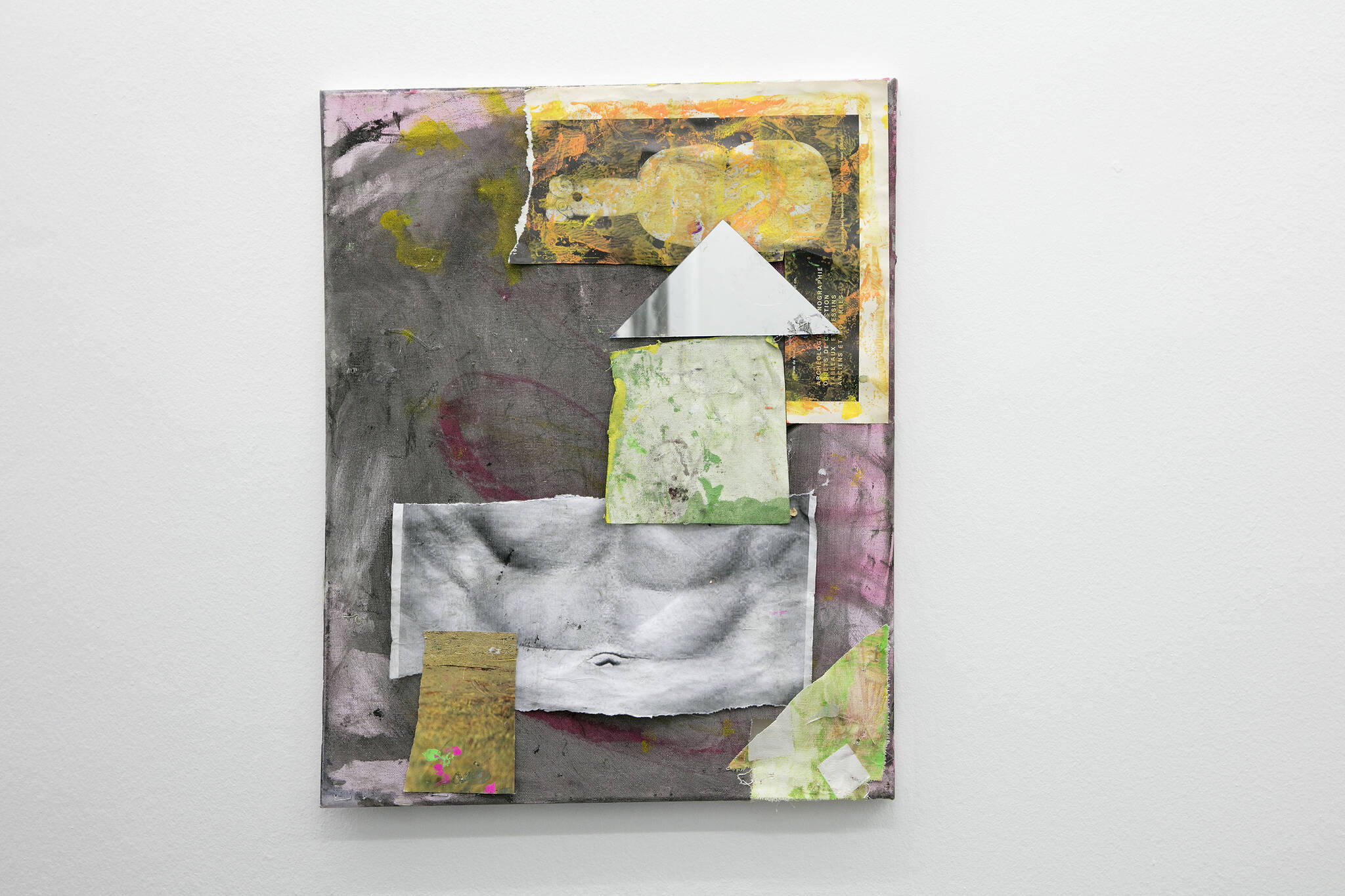
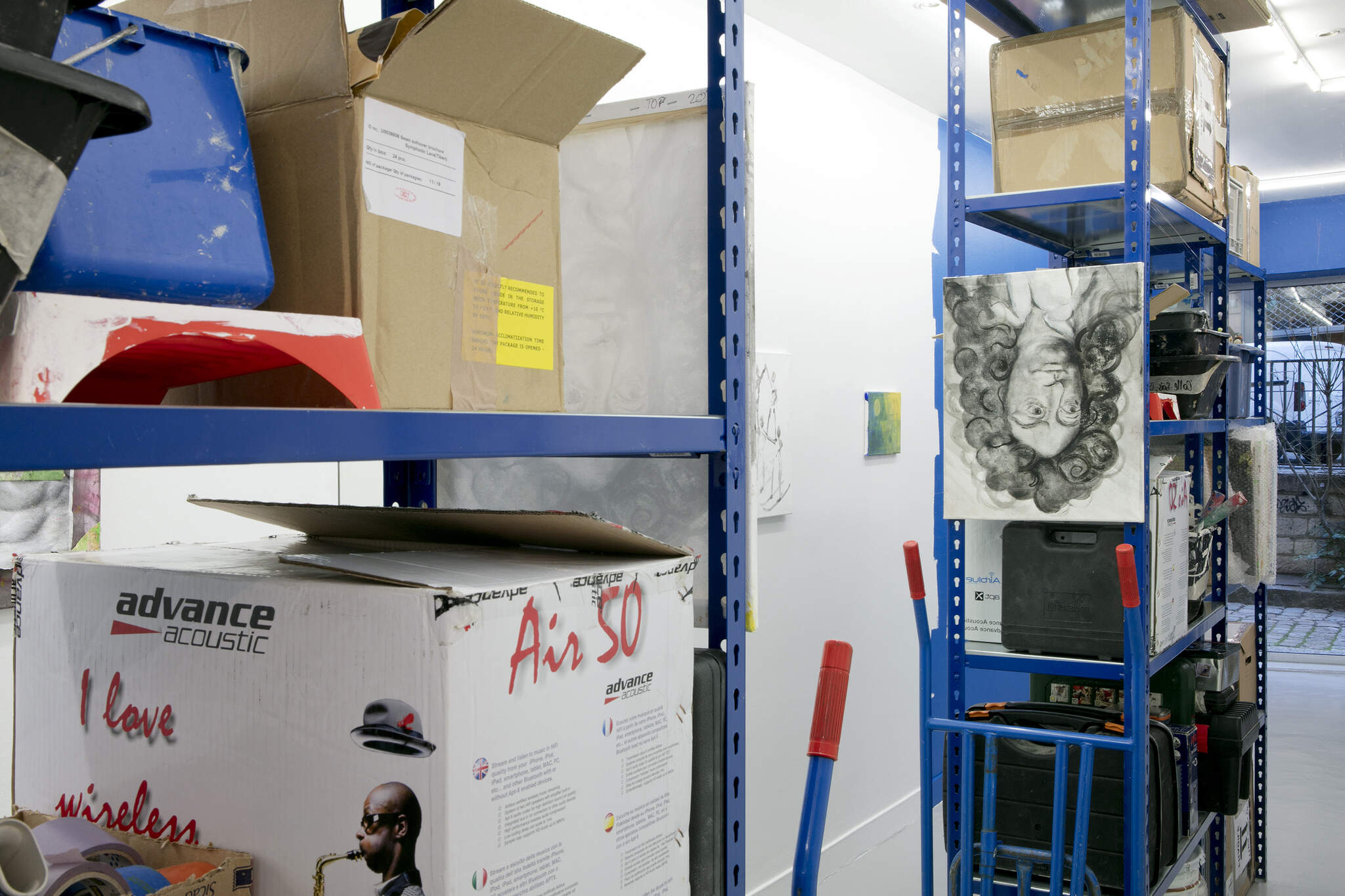
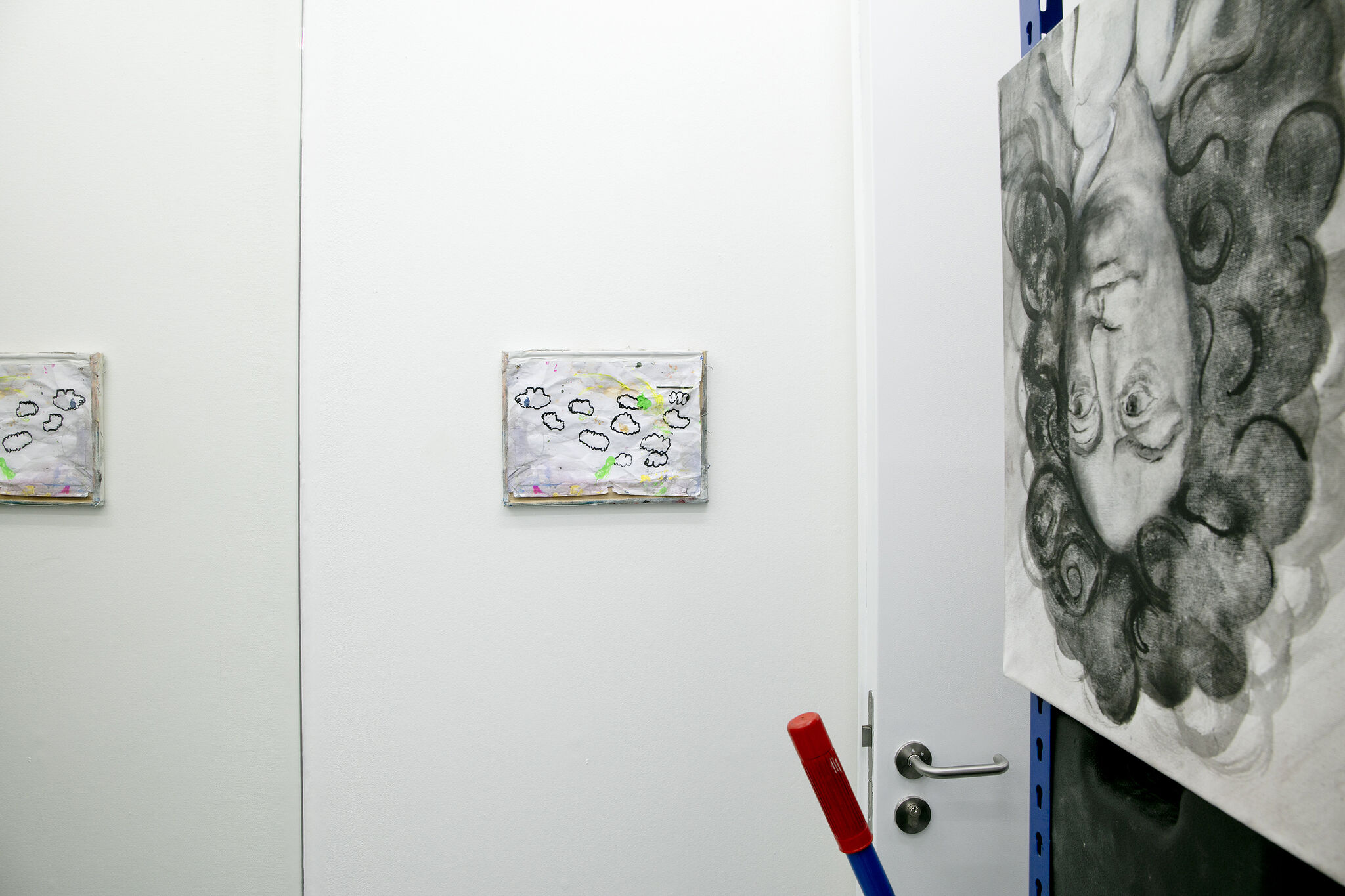

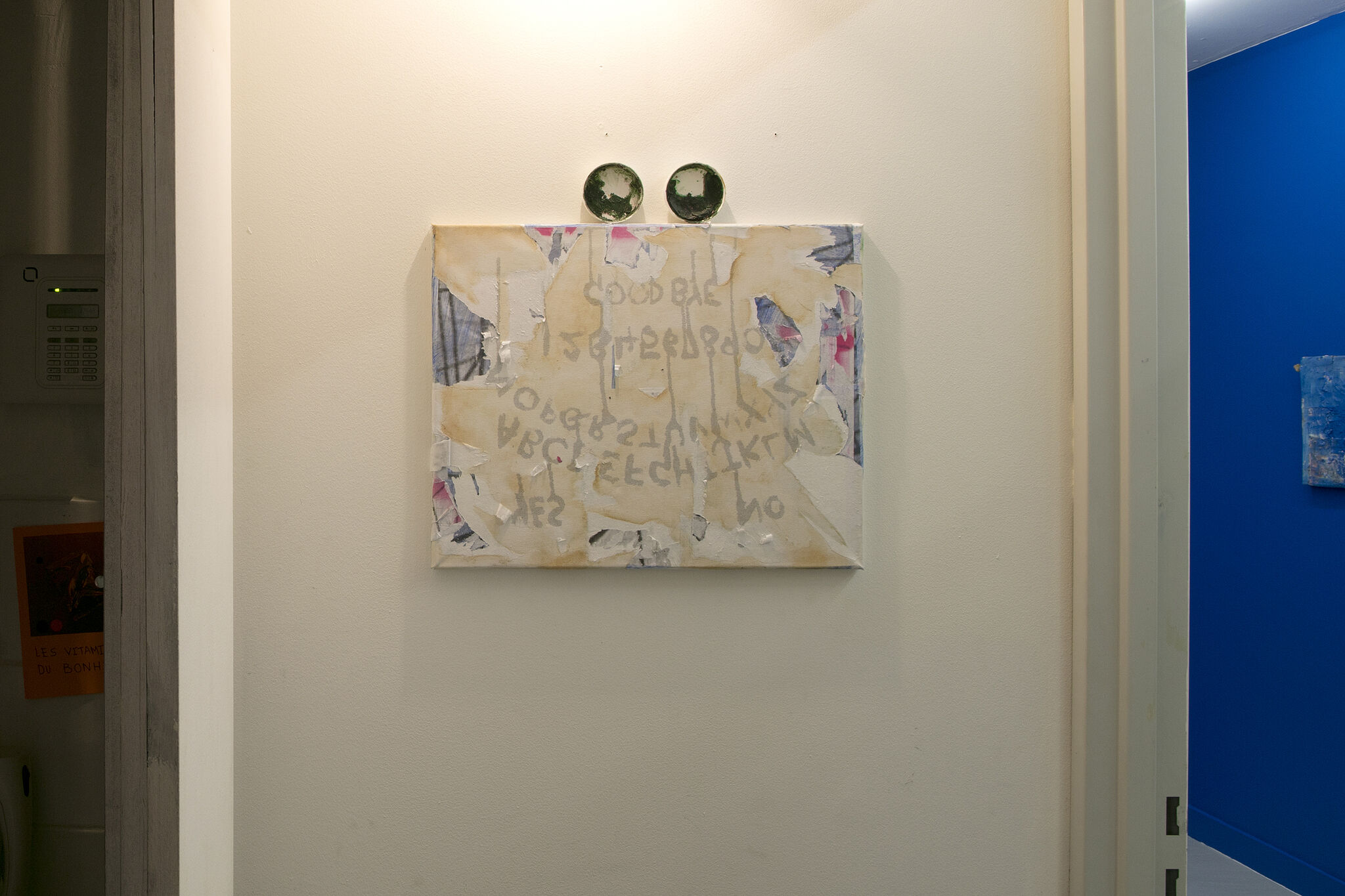
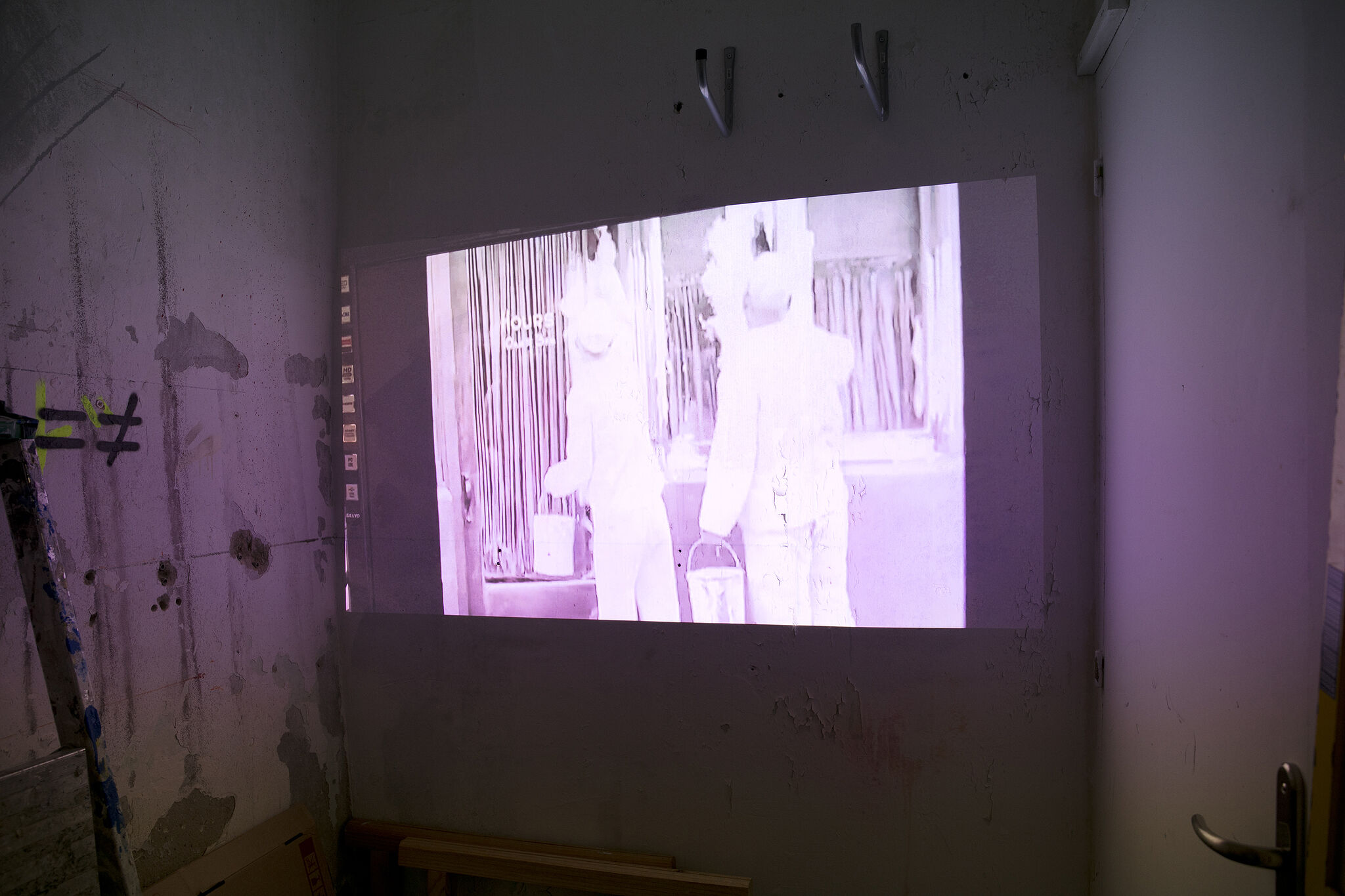
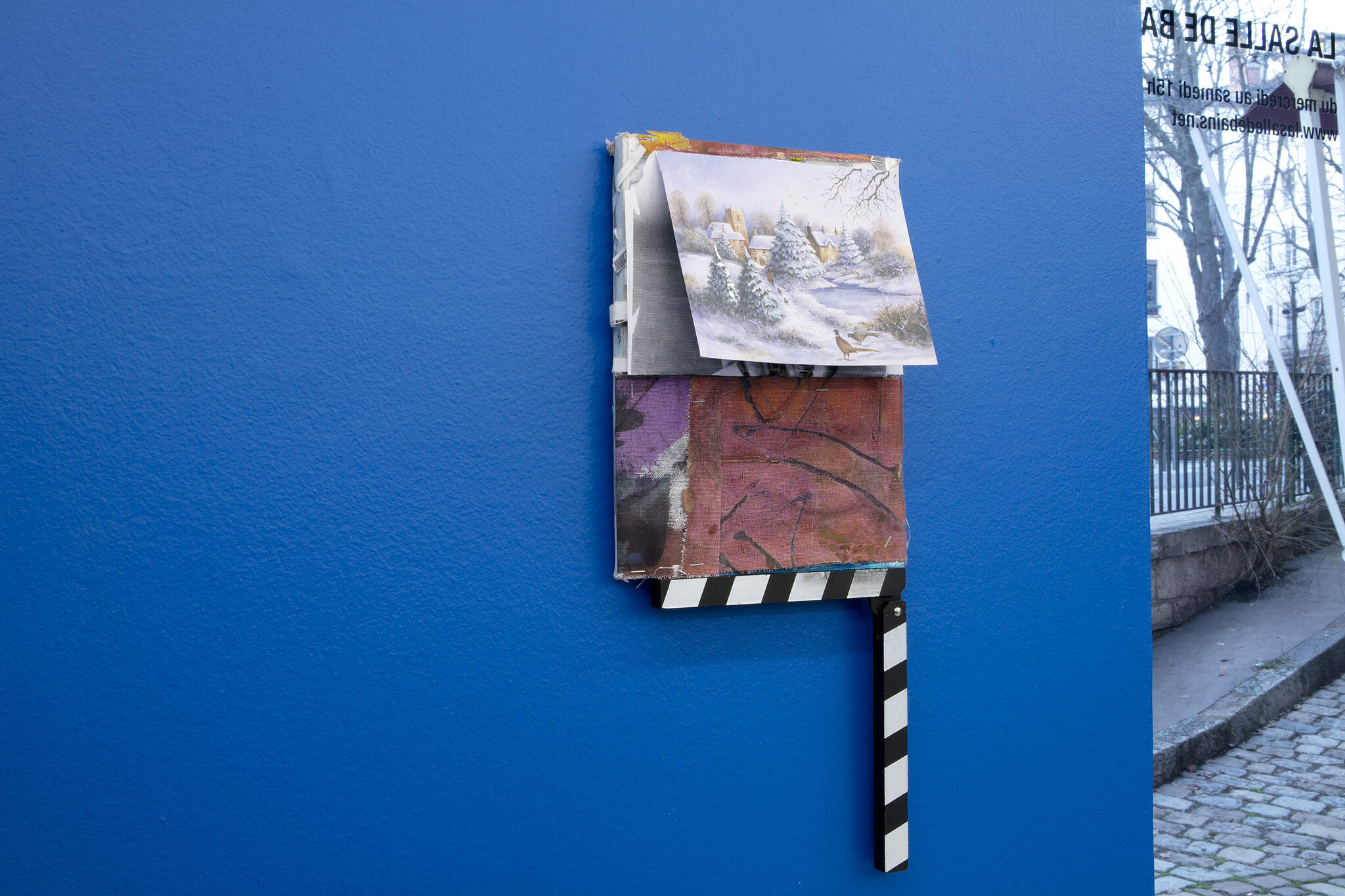
Photo : Jesús Alberto Benitez
Photo : Jesús Alberto Benitez
Symbology - salle 1
Parmi les idées, les images d’œuvres réalisées quotidiennement dans son atelier, et les textes envoyés par Owen Piper pendant la préparation à distance de cette exposition, se trouvait un article de l’historien d’art Boris Groys intitulé The weak universalism. L’auteur y revient sur la notion d’universalisme attachée à l’art des avant-gardes en soutenant une théorie d’un art « weak », que l’on pourrait traduire par « pauvre » ou « fragile ». Il serait l’apanage d’un art démocratique – sa réalisation étant accessible à des non-artistes et même à des enfants – et surtout d’un art comme une pratique qui résiste aux bouleversements historiques incessants et au continuel manque de temps qui accule la vie moderne. Regardant sous cet angle l’héritage de l’art des avant-gardes dans le monde contemporain, il conclut :
« Aujourd’hui, le quotidien commence à s’exhiber – à se communiquer en tant que tel – à travers le design ou les réseaux sociaux, et il devient impossible de distinguer la présentation du quotidien du quotidien lui-même. Le quotidien devient une œuvre d’art – la vie simple n’existe plus, ou plutôt, la vie mise à nue s’expose comme un artefact. L’activité artistique est dorénavant quelque chose que l’artiste partage avec son public au niveau le plus commun de l’expérience quotidienne (…). Être un artiste a déjà cessé d’être un destin exclusif, pour devenir une pratique quotidienne – une pratique pauvre, un geste pauvre. Mais pour établir et maintenir ce niveau pauvre et quotidien de l’art, il faut répéter en permanence la réduction artistique – résister aux images fortes et échapper au statu quo qui fonctionne comme un moyen permanent d’échanger ces images fortes.
Au début de son Esthétique, Hegel affirme qu’à son époque, l’art appartient déjà au passé. Hegel pensait qu’à l’époque de la modernité, l’art ne pouvait plus rien manifester de vrai sur le monde tel qu’il est. Mais l’art d’avant-garde a montré que l’art a encore quelque chose à dire sur le monde moderne : il peut démontrer son caractère transitoire, son absence de temps ; et transcender cette absence de temps par un geste fragile et minimal qui demande très peu de temps, voire pas de temps du tout(1). »
Among the ideas, images of works made daily in his studio, and texts sent by Owen Piper during the remote preparation of this exhibition, was an article by the art historian Boris Groys entitled The weak universalism. In it, the author revisits the notion of universalism attached to avant-garde art, arguing for a theory of "weak" art, which could be translated as "poor" or "fragile". It would be the prerogative of a democratic art - its realization being accessible to non-artists and even to children - and above all of an art as a practice that resists the incessant historical upheavals and the continual lack of time that overwhelms modern life. Looking at the legacy of avant-garde art in the contemporary world in this light, he concludes:
“Today, everyday life begins to exhibit itself—to communicate itself as such—through design or through contemporary participatory networks of communication, and it becomes impossible to distinguish the presentation of the everyday from the everyday itself. The everyday becomes a work of art—there is no more bare life, or, rather, bare life exhibits itself as artifact. Artistic activity is now something that the artist shares with his or her public on the most common level of everyday experience. (…) To be an artist has already ceased to be an exclusive fate, becoming instead an everyday practice—a weak practice, a weak gesture. But to establish and maintain this weak, everyday level of art, one must permanently repeat the artistic reduction—resisting strong images and escaping the status quo that functions as a permanent means of exchanging these strong images.
At the beginning of his Lectures on Aesthetics, Hegel asserted that in his time, art was already a thing of the past. Hegel believed that, in the time of modernity, art could no longer manifest anything true about the world as it is. But avant-garde art has shown that art still has something to say about the modern world: it can demonstrate its transitory character, its lack of time; and to transcend this lack of time through a weak, minimal gesture requires very little time—or even no time at all(1).”
translation : John O'Toole
Liste des œuvres :
List of works :
Blue, 2021
Techniques mixtes et peinture sur toile
Pink projector, 2021
Objets trouvés et peinture sur toile
A Forgery, 2021
Peinture sur toile
Pyramid, 2021
Peinture sur toile
Untitled, 2021
Collage, objet trouvé et peinture sur toile
Henry Purcell with death in his hair, 2021
Peinture sur toile
Cloud study, 2021
Techniques mixtes sur papier
Self actualisation portrait, 2021
Collage et peinture sur toile
Is there anybody anywhere? or the ghost of Douglas Crimp?, 2021
Objets trouvés et peinture sur toile
Untitled research, 2022
Film, 23'33''
Creepy, cocksure, capitalist, covered in custard, 2021
Objets trouvés et peinture sur toile
Untitled, 2021
Collage et peinture sur toile
Identifying as Squirrel, 2021
Collage et peinture sur toile
Untitled regrets, 2021
Objets trouvés et peinture sur toile
Untitled (bag), 2021
Tote bag et peinture sur toile
Photorealism, 2012
Collage, objets trouvés et peinture sur toile
Uncompleted exercise in something, 2022
Collage et objets trouvés sur toile
Blue, 2021
Mixed media and painting on canvas
Pink projector, 2021
Found objects and painting on canvas
A Forgery, 2021
Painting on canvas
Pyramid, 2021
Painting on canvas
Untitled, 2021
Collage, found object and painting on canvas
Henry Purcell with death in his hair, 2021
Painting on canvas
Cloud study, 2021
Mixed media on paper
Self actualisation portrait, 2021
Collage and painting on canvas
Is there anybody anywhere? or the ghost of Douglas Crimp?, 2021
Found objects and painting on canvas
Untitled research, 2022
Movie, 23’33’’
Creepy, cocksure, capitalist, covered in custard, 2021
Found objects and painting on canvas
Untitled, 2021
Collage and painting on canvas
Identifying as Squirrel, 2021
Collage and painting on canvas
Untitled regrets, 2021
Found objects and painting on canvas
Untitled (bag), 2021
Tote bag and painting on canvas
Photorealism, 2012
Collage, found objects and painting on canvas
Uncompleted exercise in something, 2022
Found objects and collage on canvas
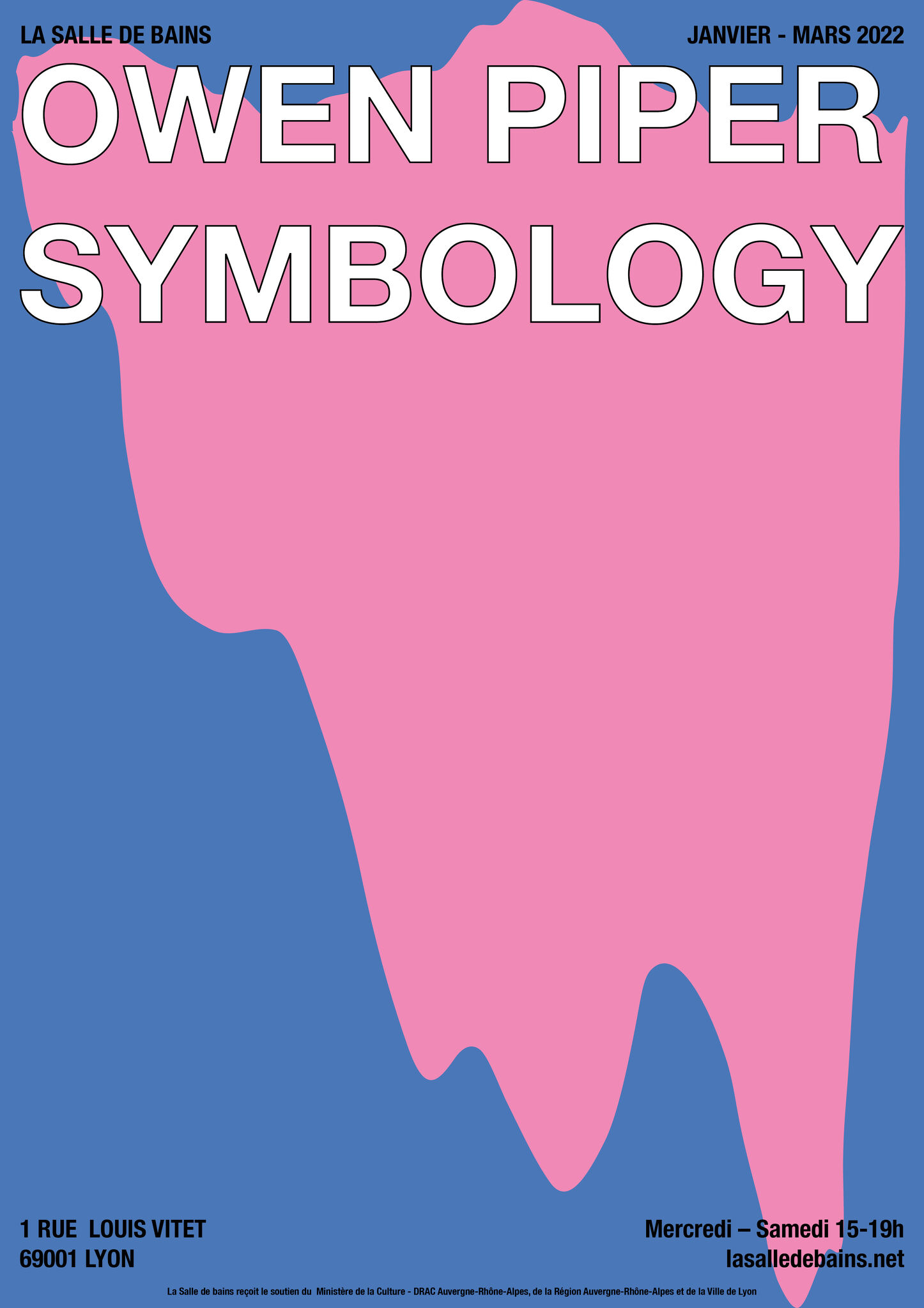
Owen D. Piper (1975, Londres), vit et travaille à Glasgow.
Ses dernières expositions personnelles et collectives regroupent notamment : I’ll be your city, Good press, Glasgow, 2019 ; Elle disait bonjour aux machines, Villa du parc, Annemasse, 2019 ; Mash, avec Cheryl Donegan, Downstairs Projects, New York, 2018 ; How to talk dirty and influence people, avec Lili Reynaud Dewar, SALTS, Birsfelden, Suisse, 2016 ou encore Deep screen, Parc Saint Leger, Pougues Les Eaux, 2015.
Parmi ses publications récentes, citons Images du monde, visite d’atelier, éditions Connoisseurs, 2018 et Le jeu de l’image, avec Charlie Hammond, autoédition, 2019.
Owen D. Piper (1975, London), lives and works in Glasgow.
Recent solo and group exhibitions include: I'll be your city, Good press, Glasgow, 2019; Elle disait bonjour aux machines, Villa du parc, Annemasse, 2019; Mash, with Cheryl Donegan, Downstairs Projects, New York, 2018; How to talk dirty and influence people, with Lili Reynaud Dewar, SALTS, Birsfelden, Switzerland, 2016 or Deep screen, Parc Saint Leger, Pougues Les Eaux, 2015.
His recent publications include Images of the world, studio visit, Connoisseurs Editions, 2018 and The game of the image, with Charlie Hammond, self-publishing, 2019.
de la Région Auvergne-Rhône-Alpes et de la Ville de Lyon.
